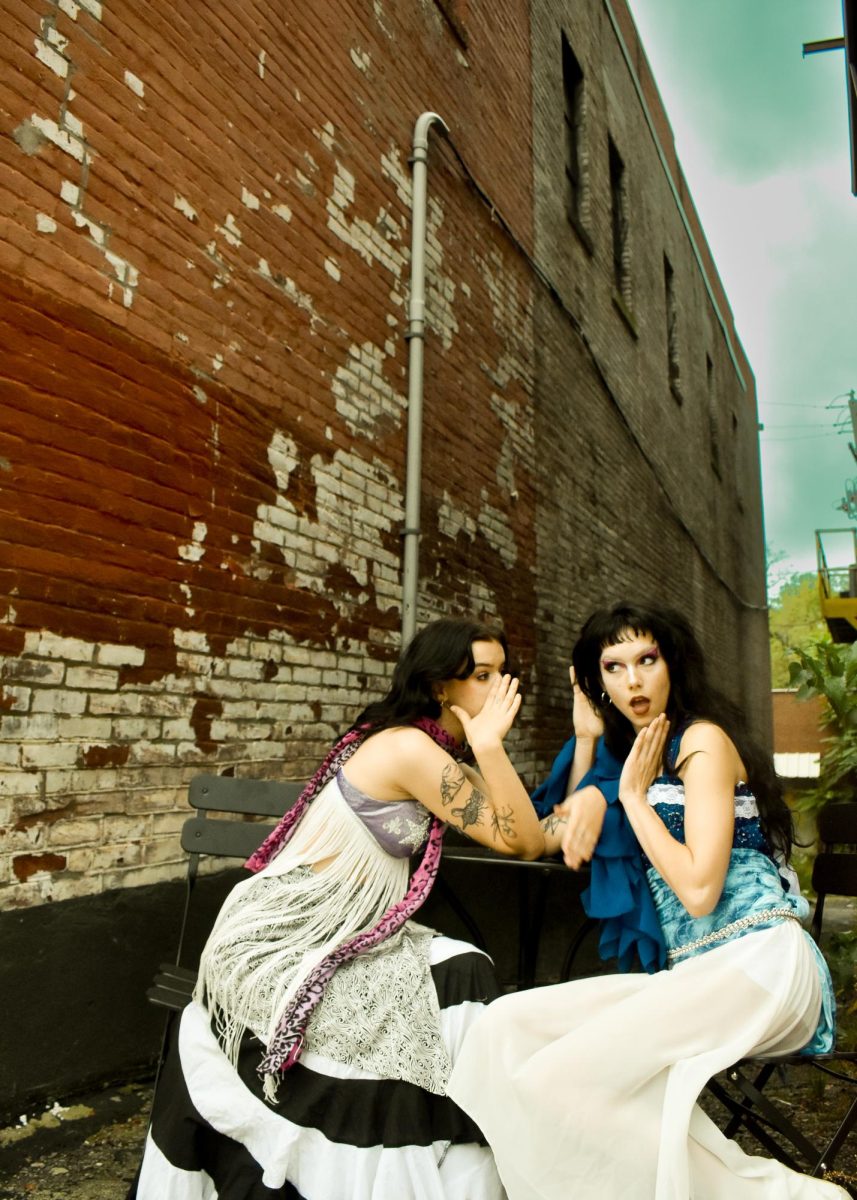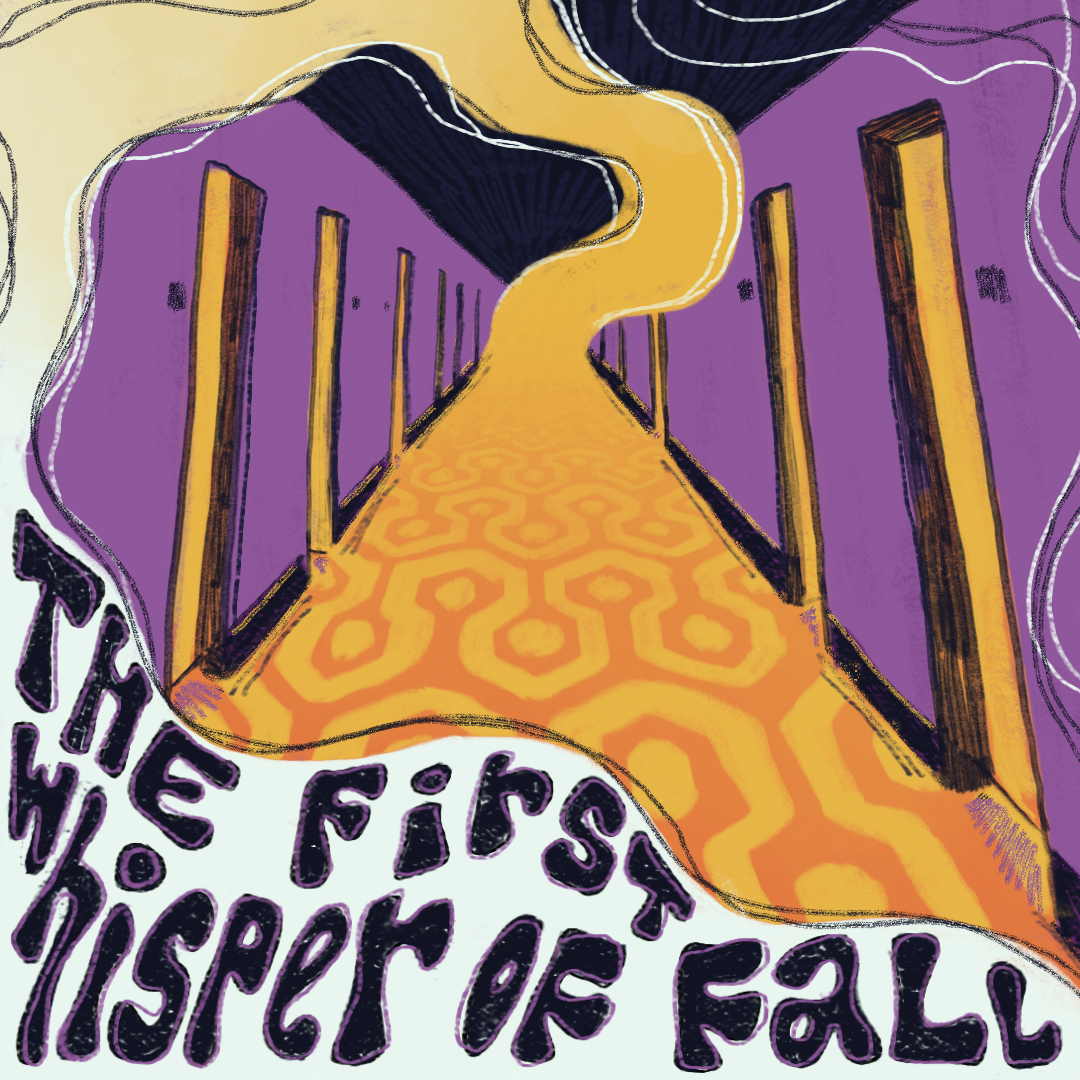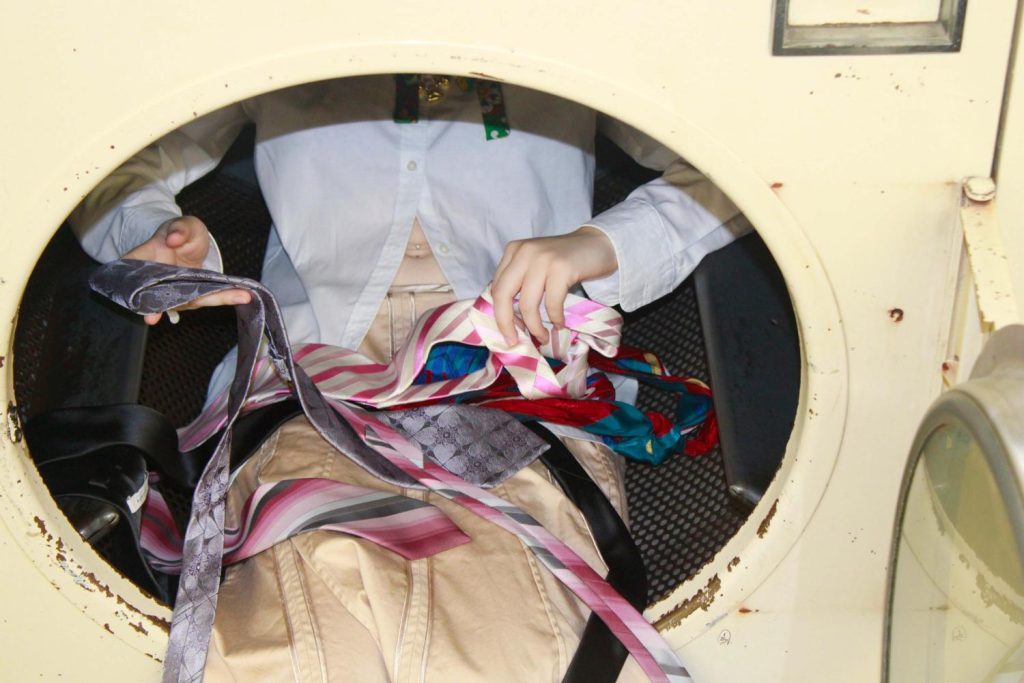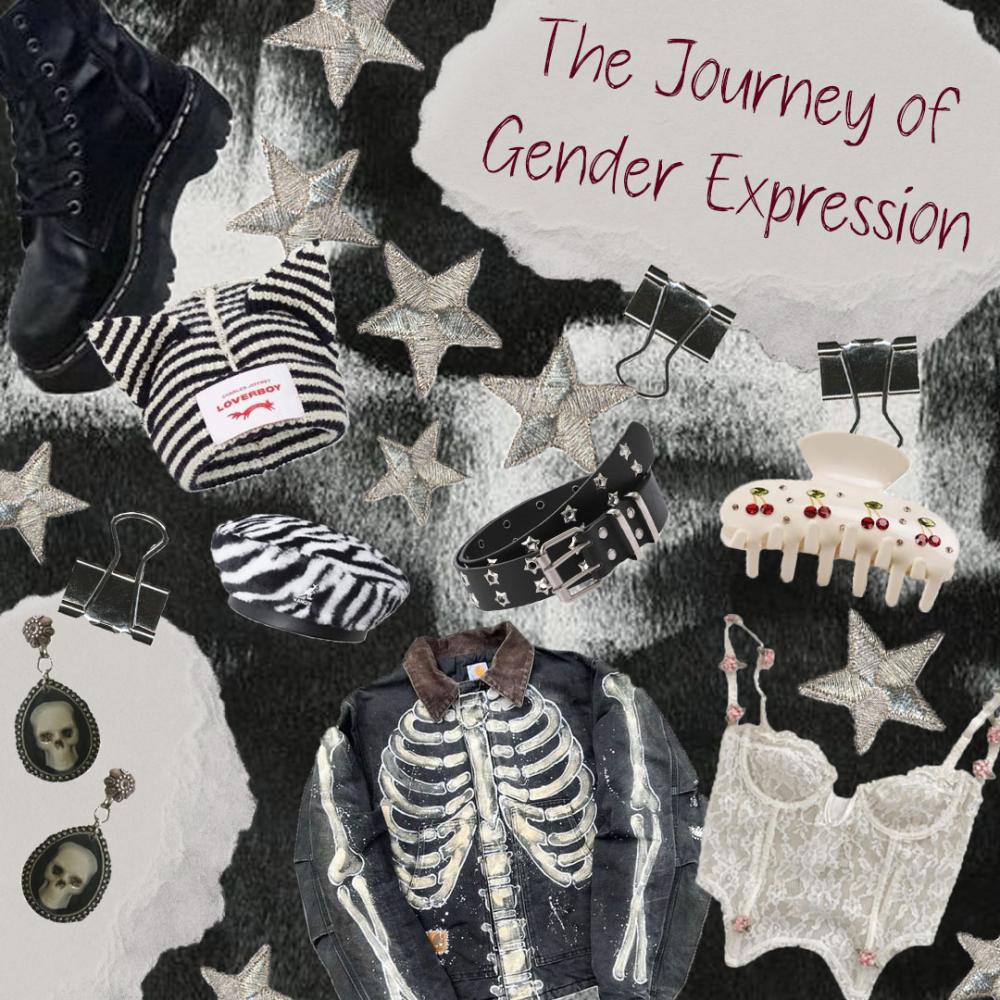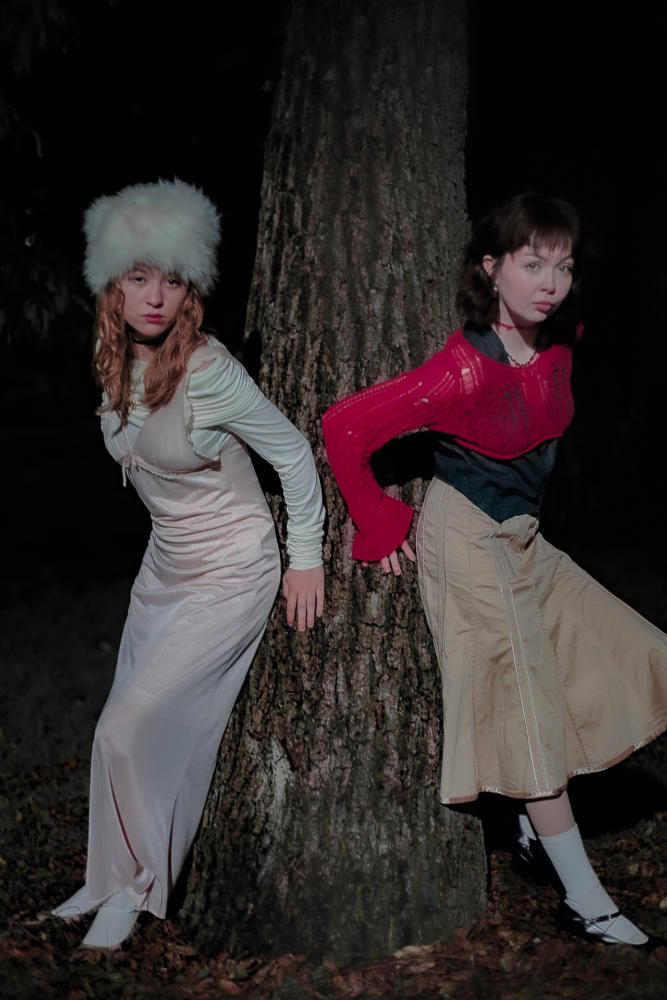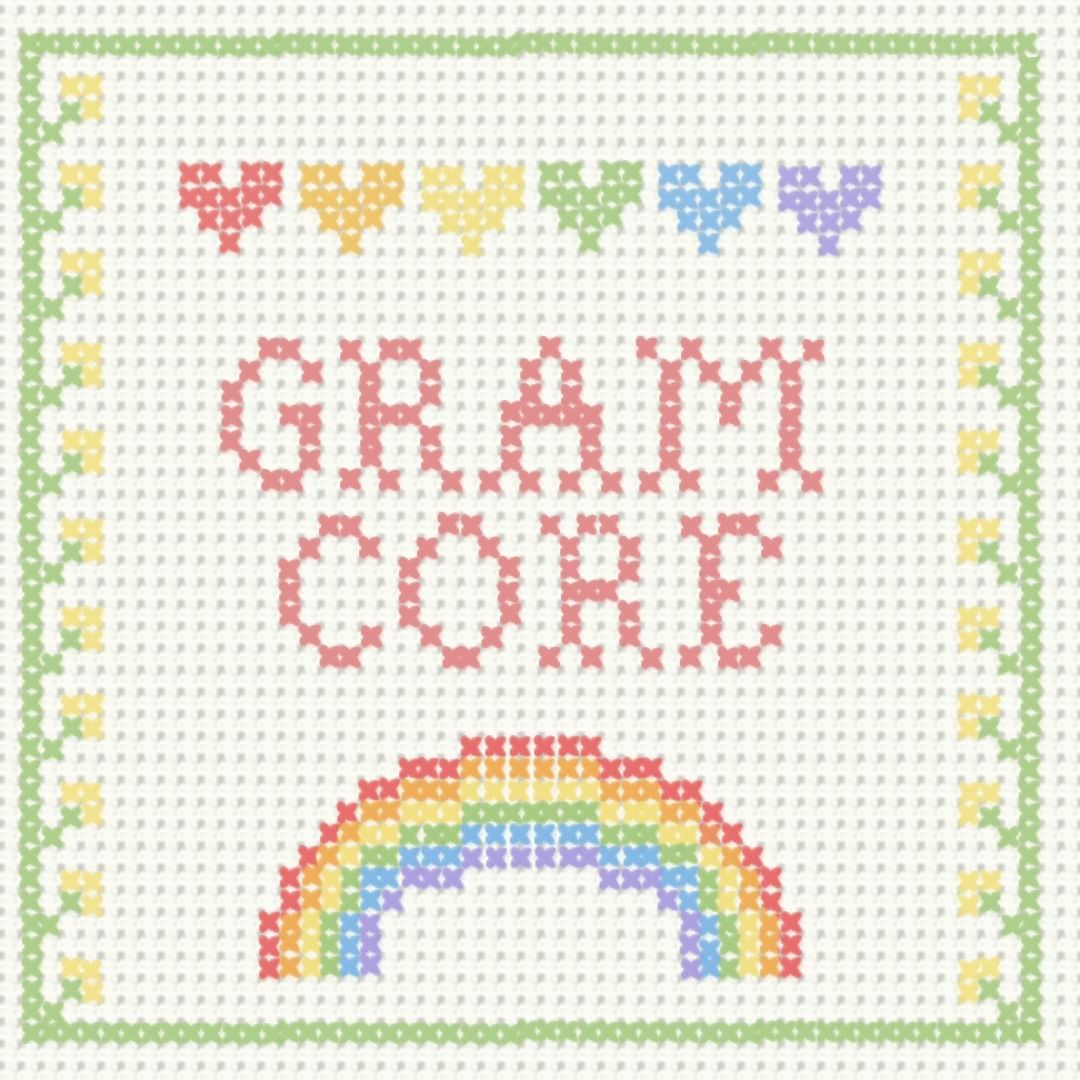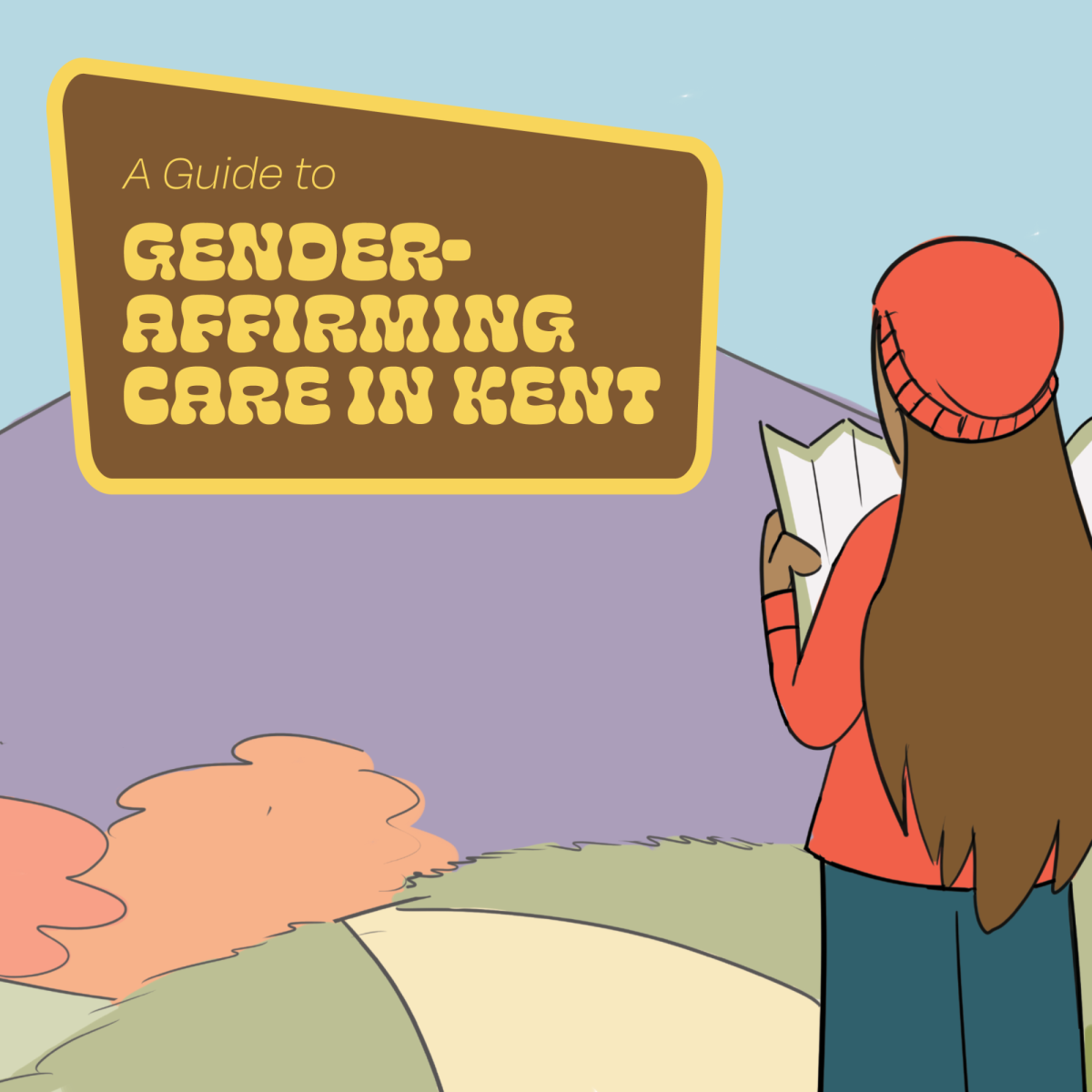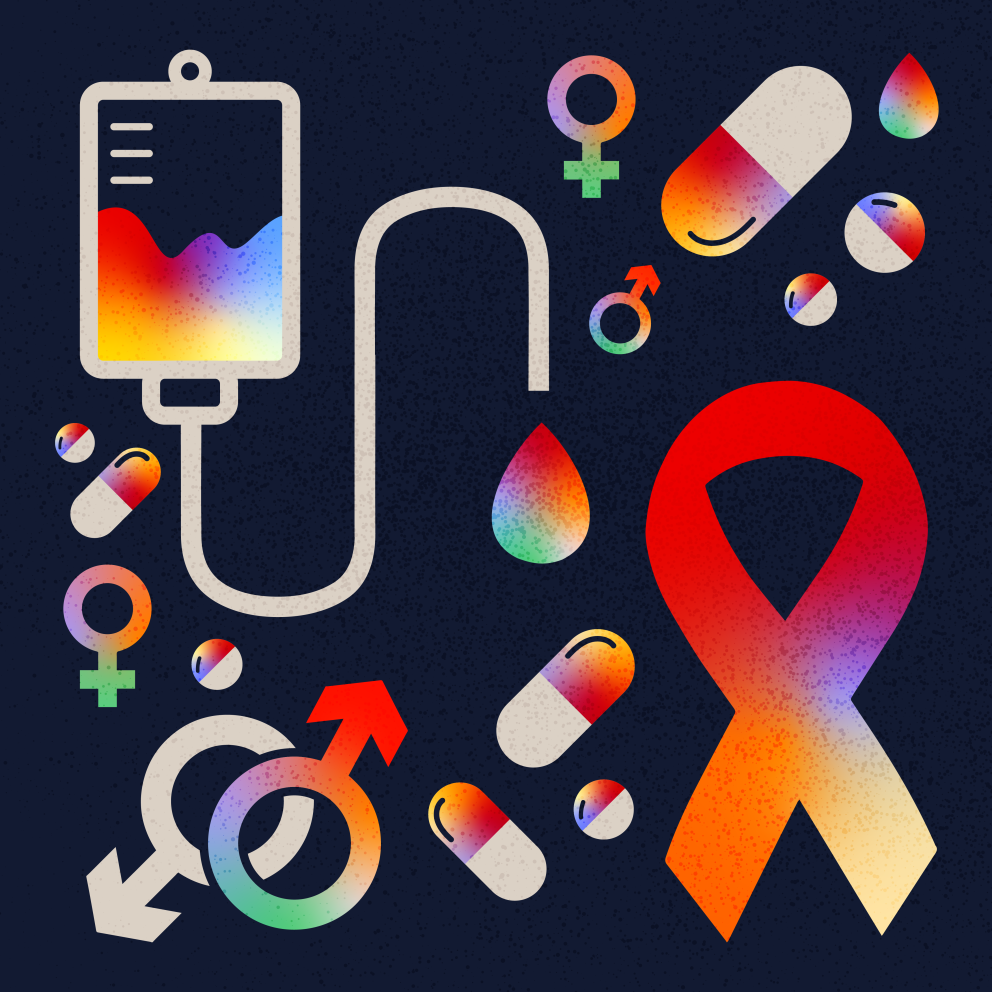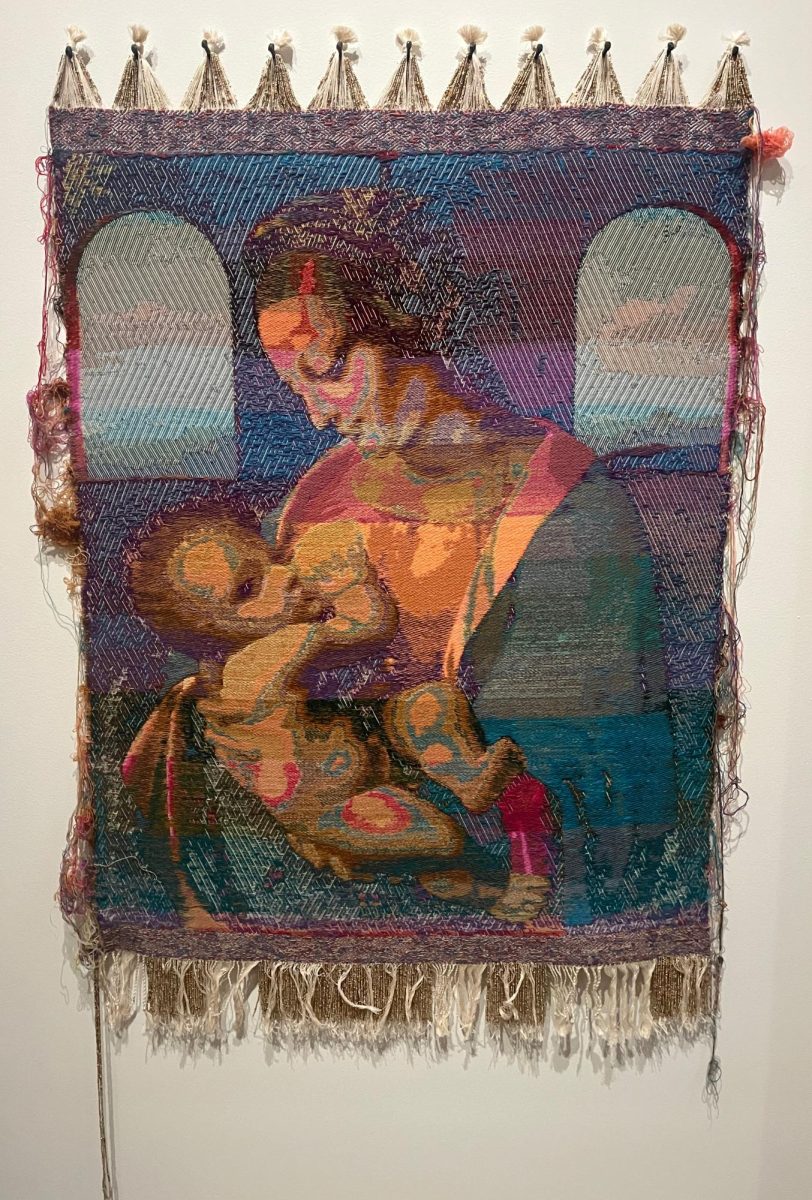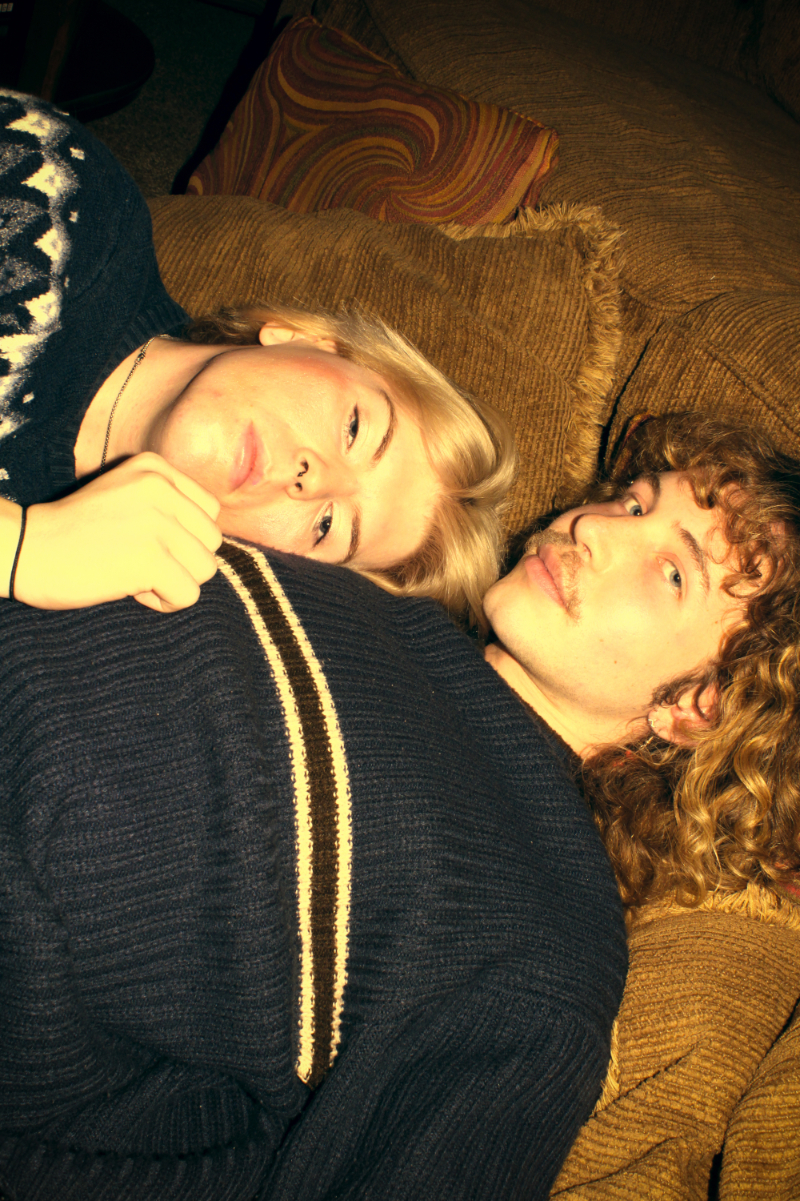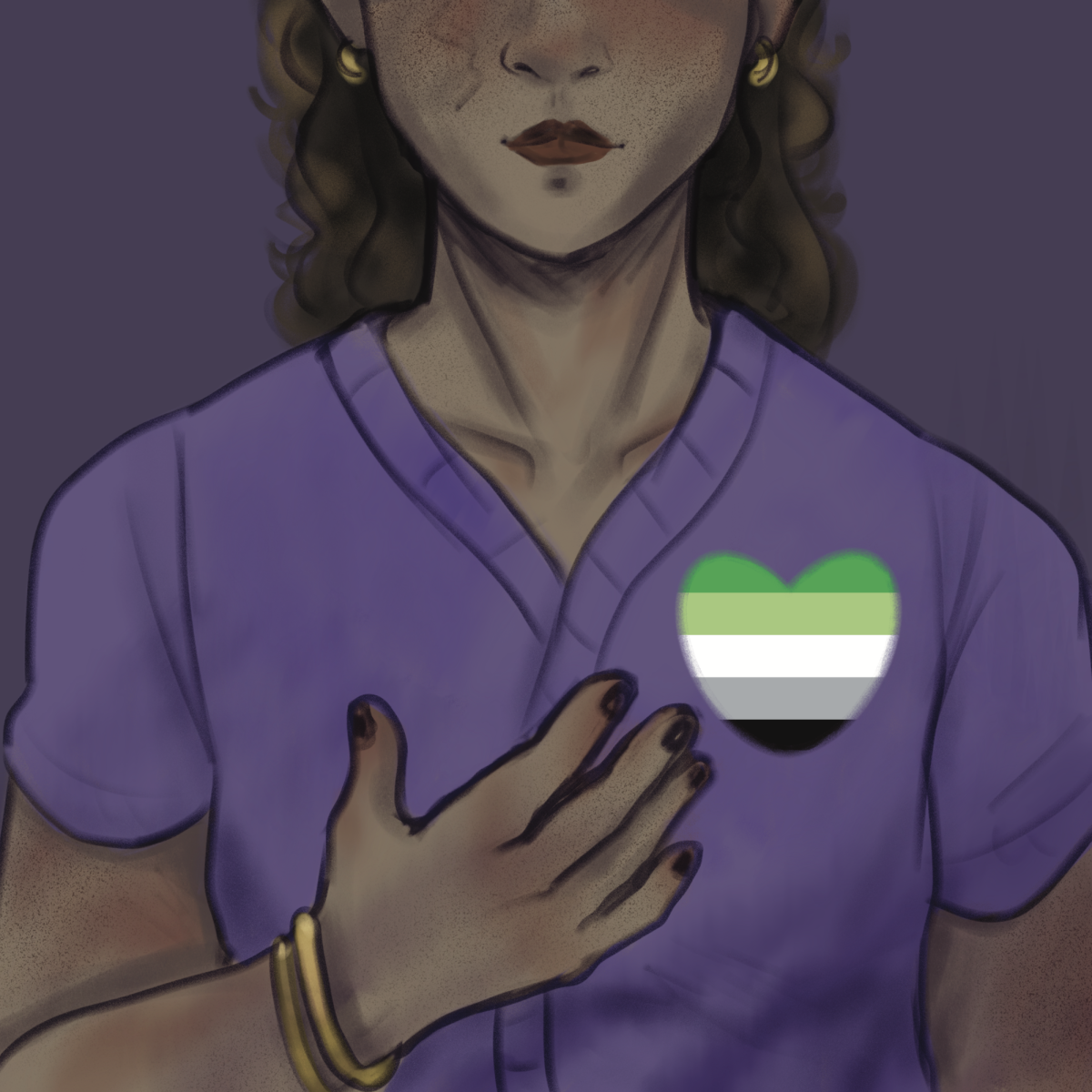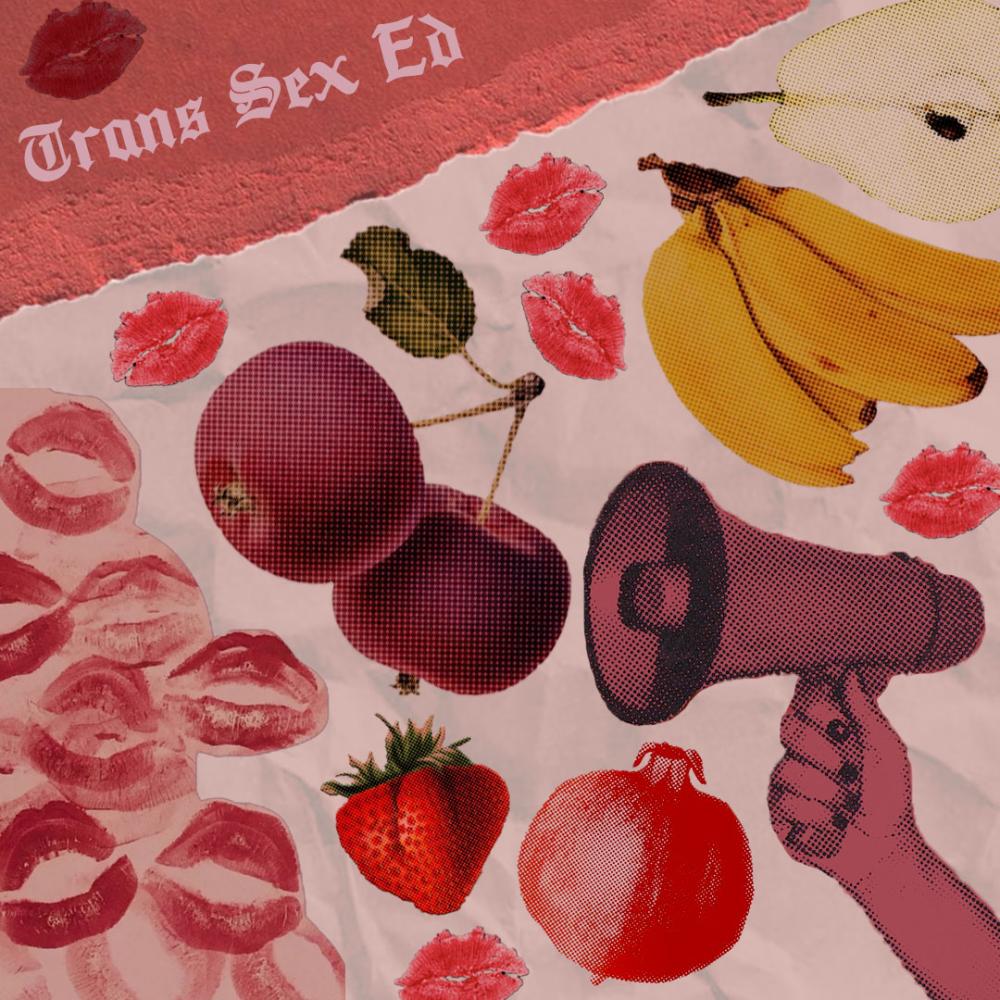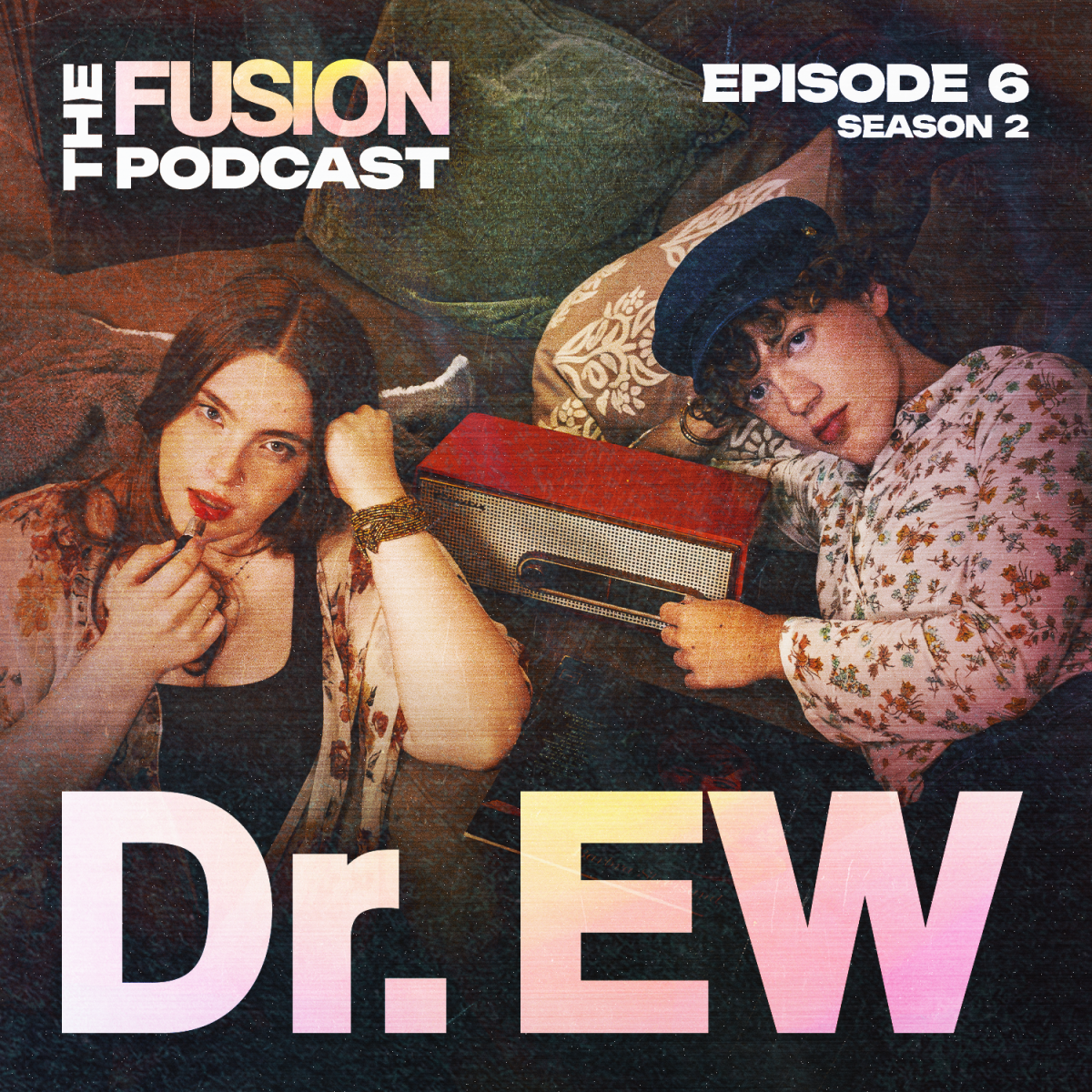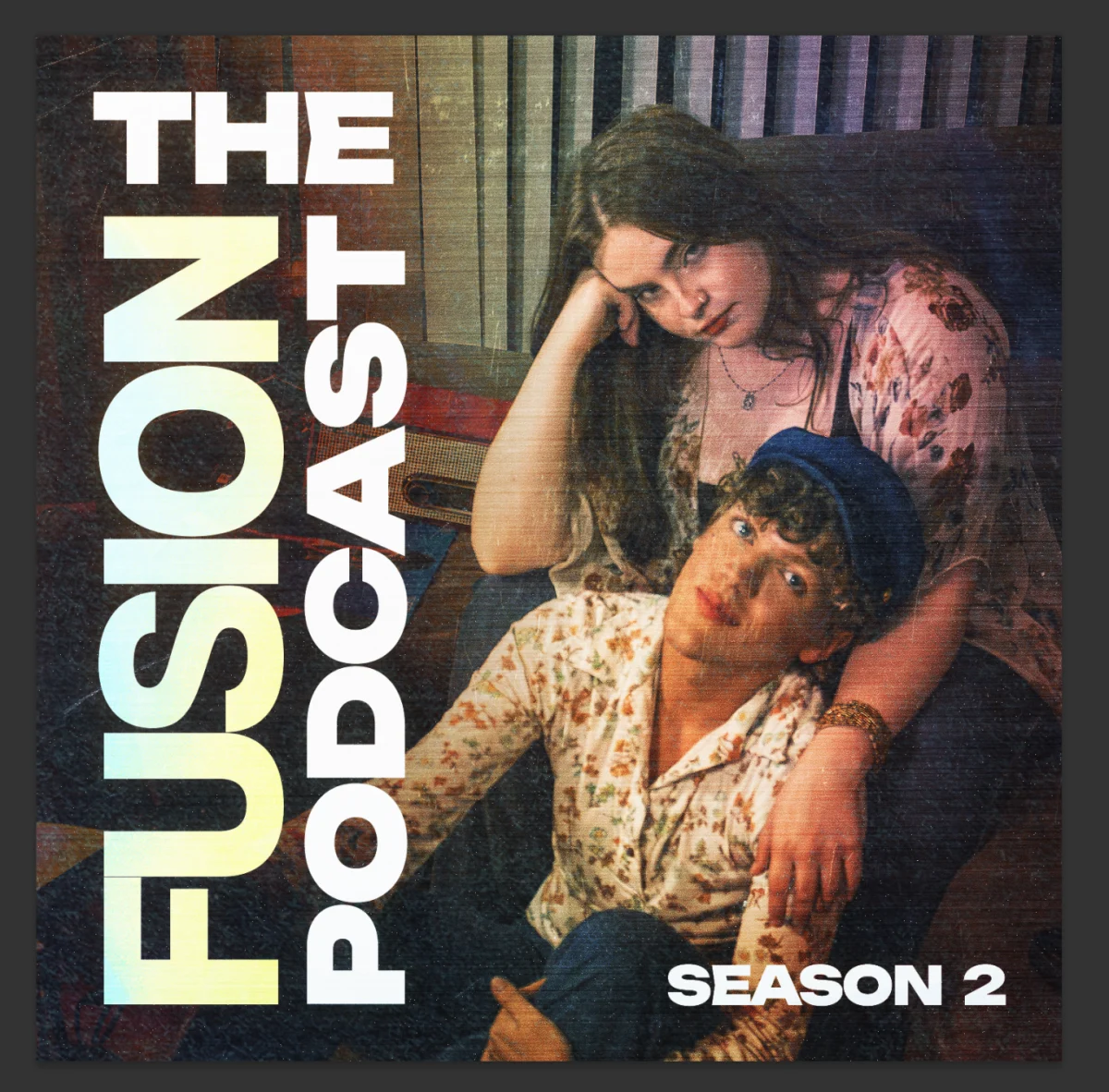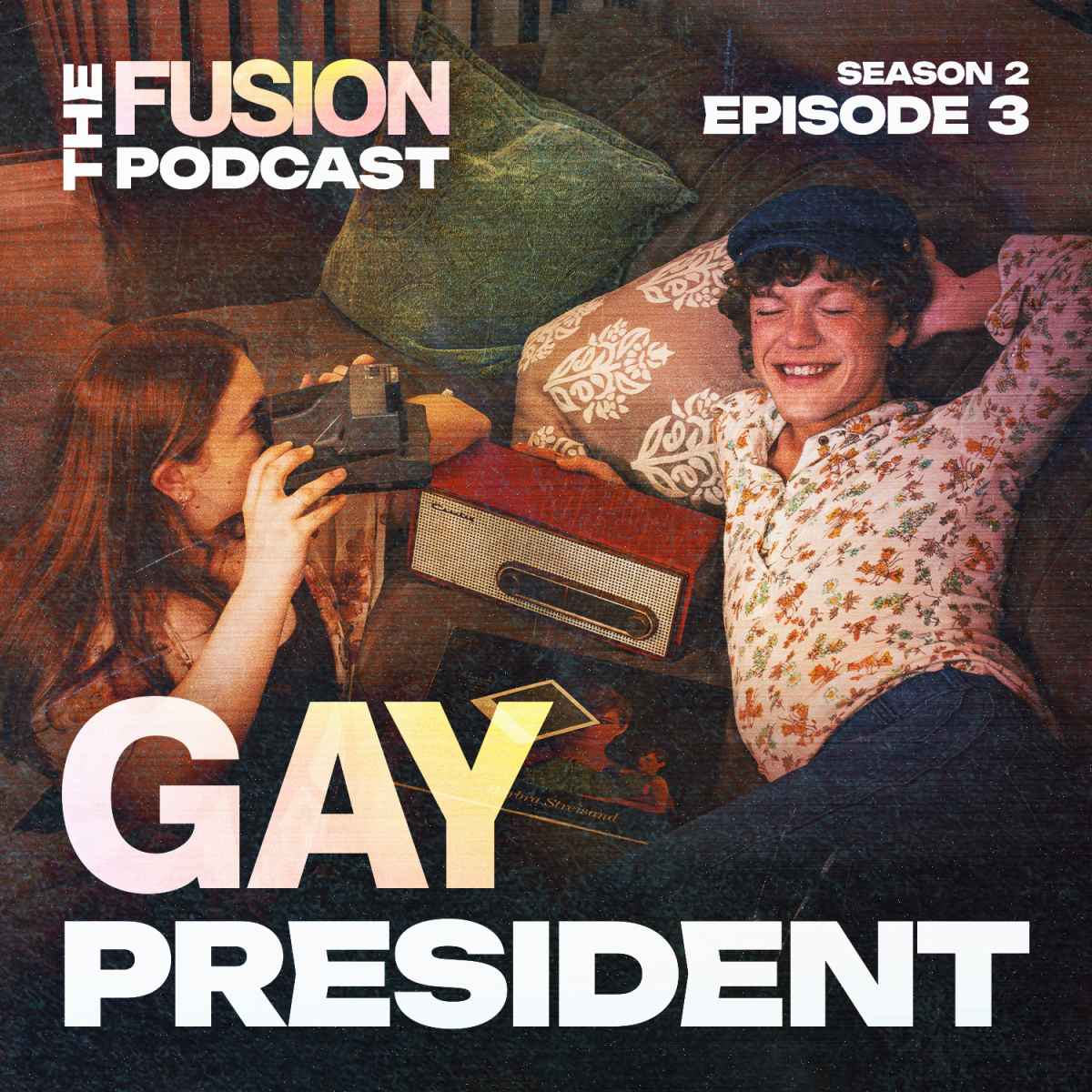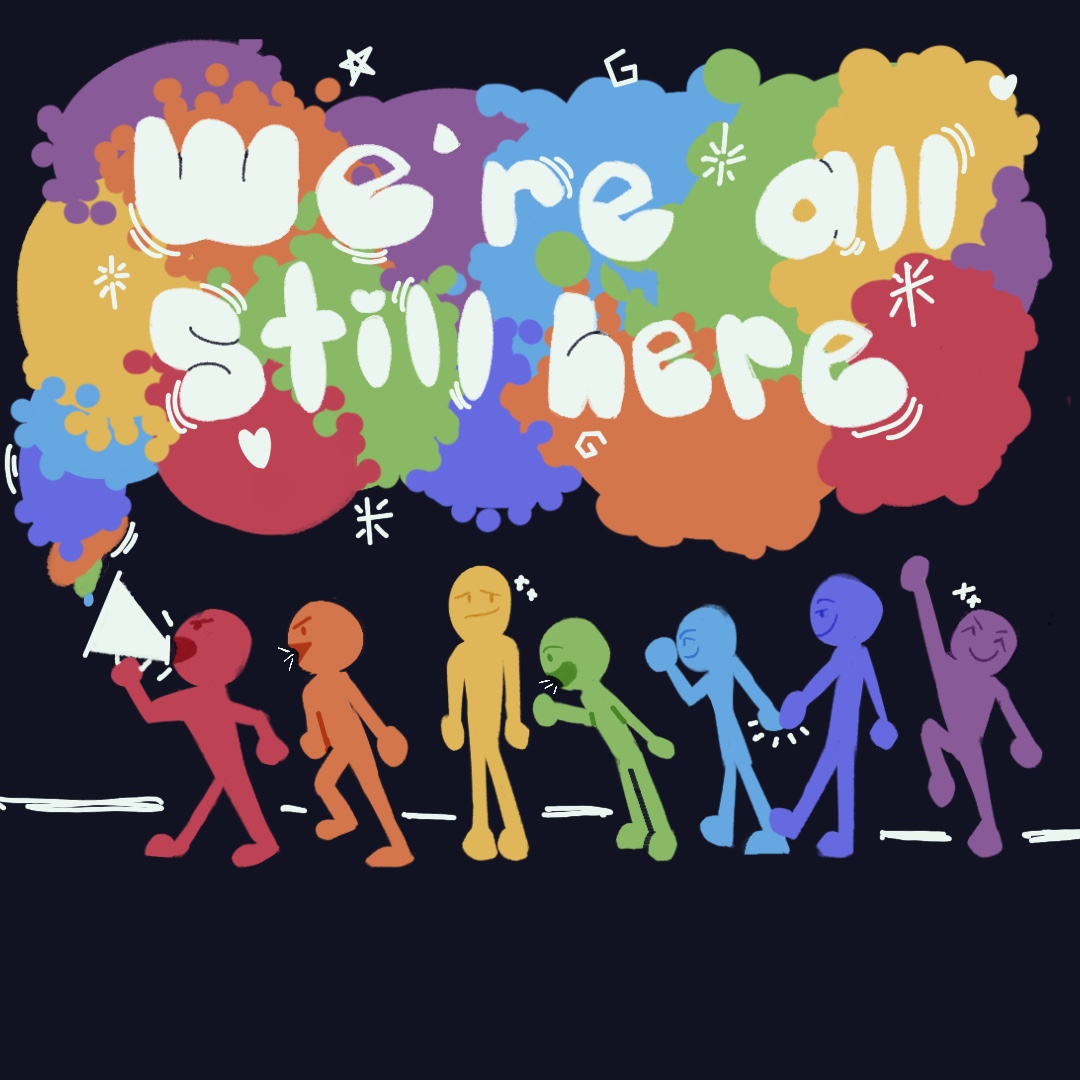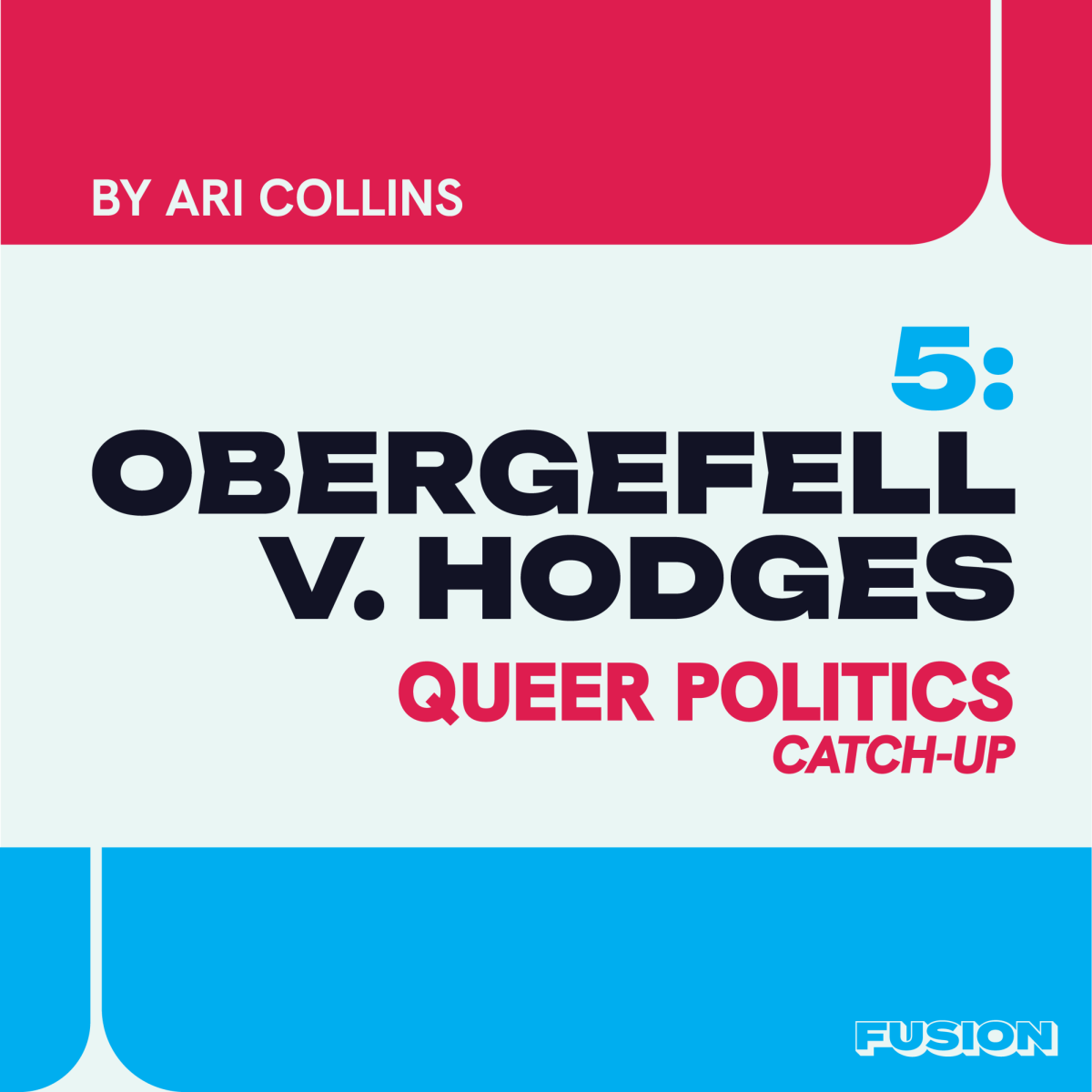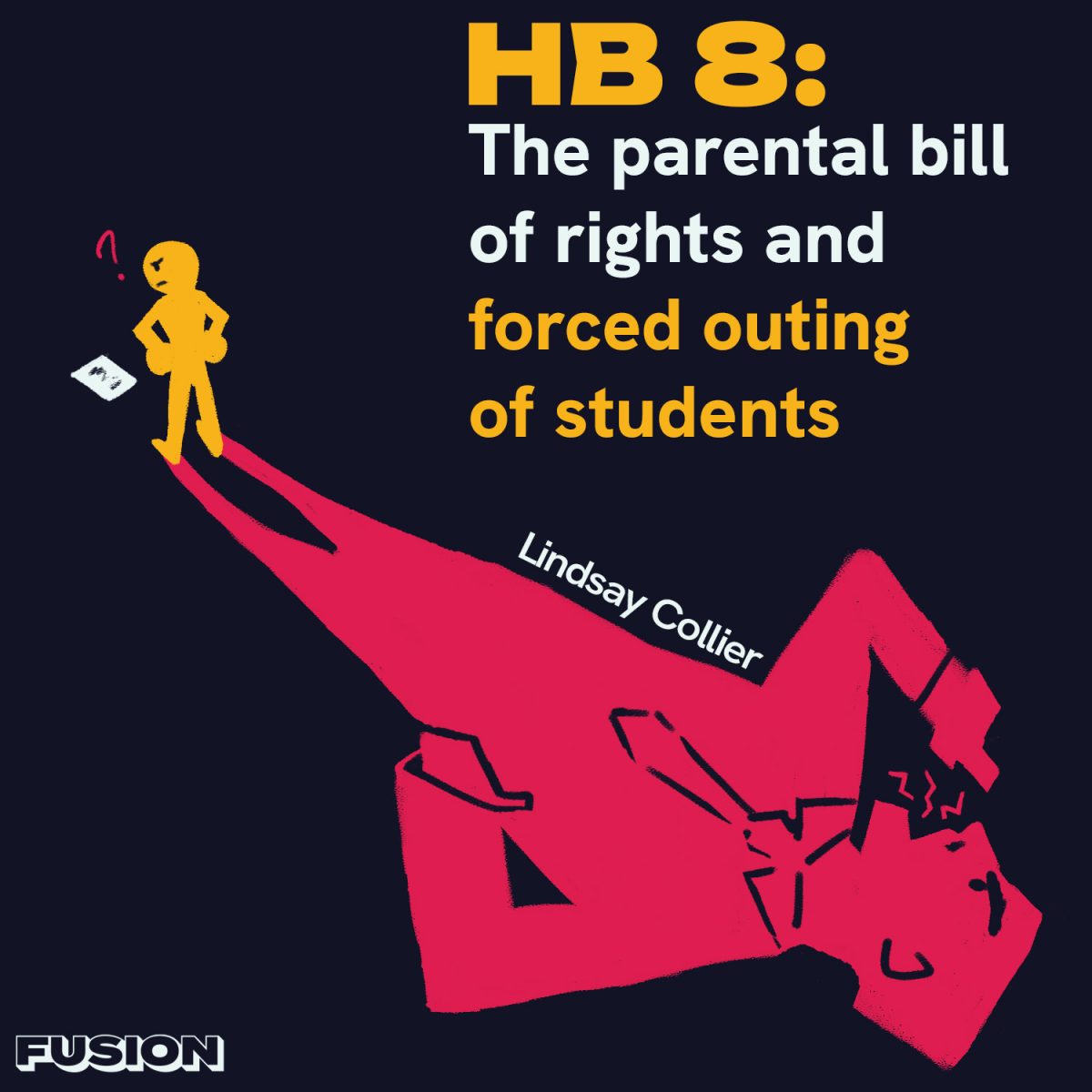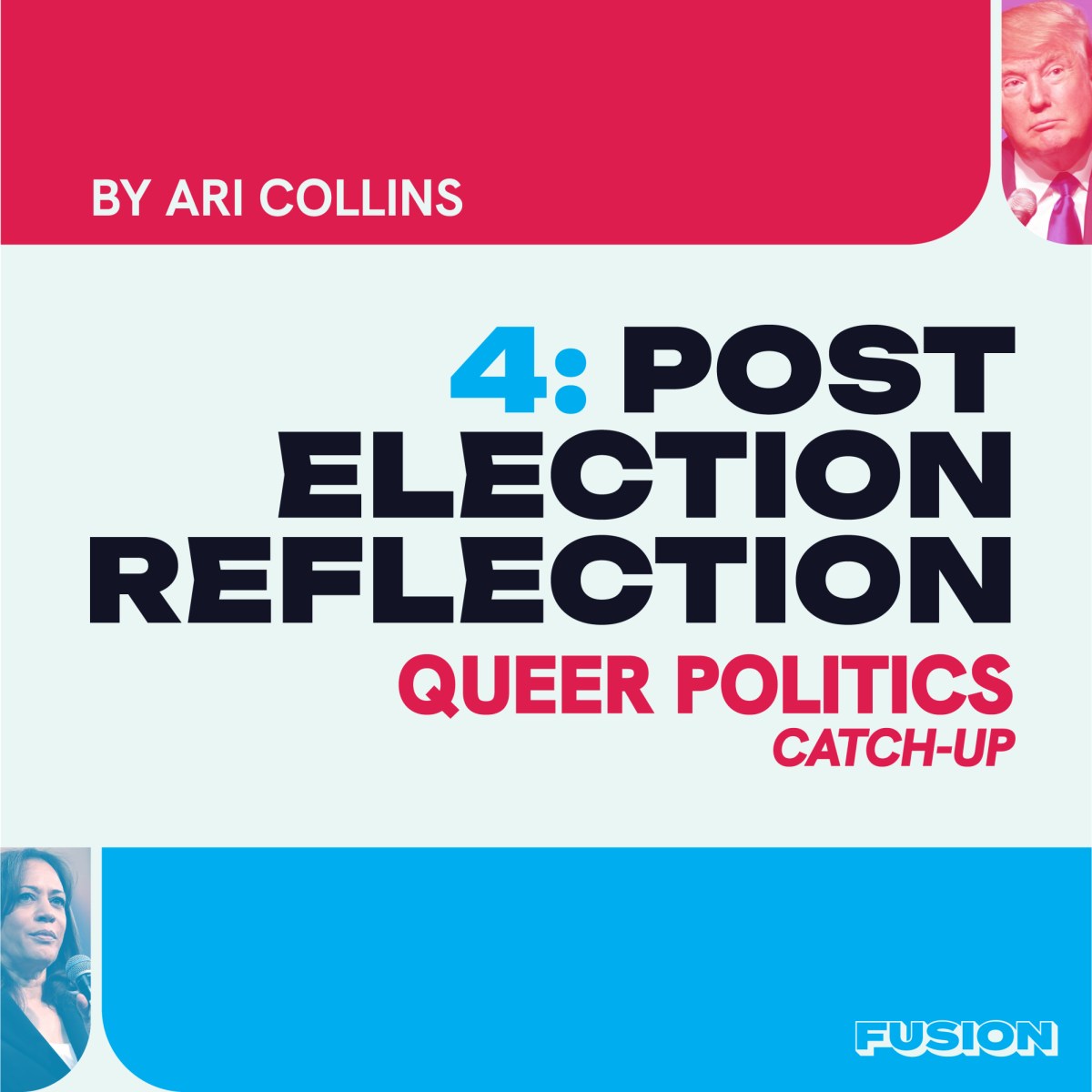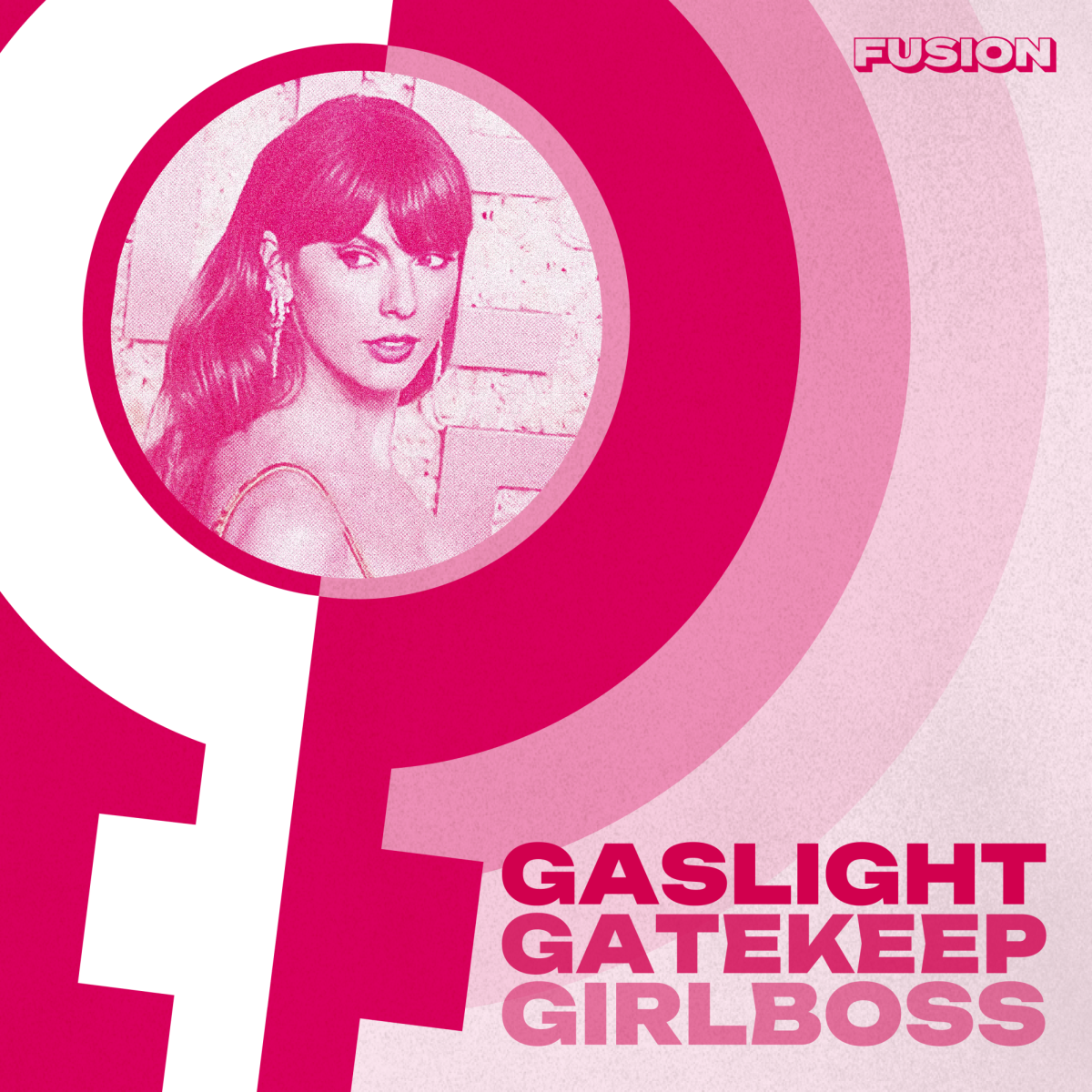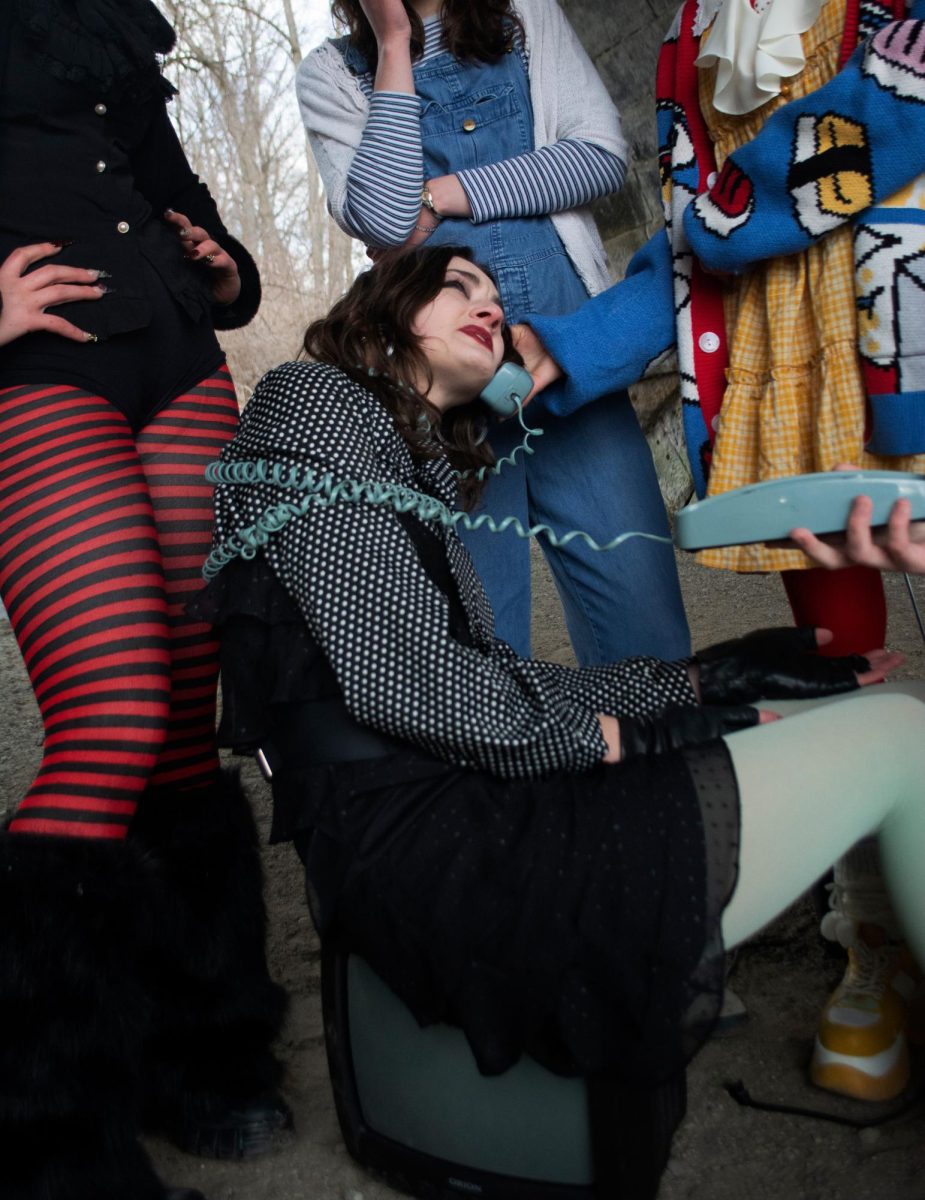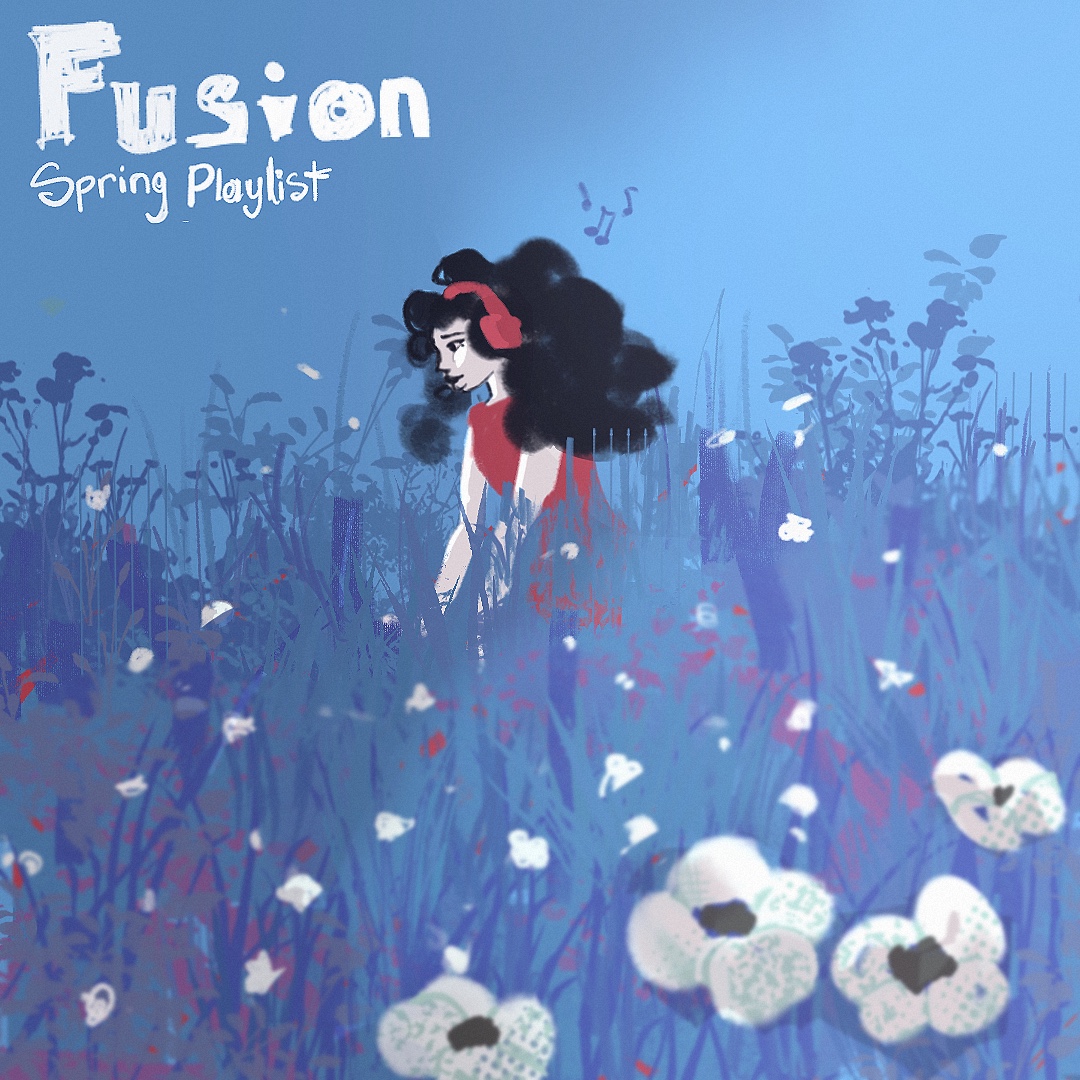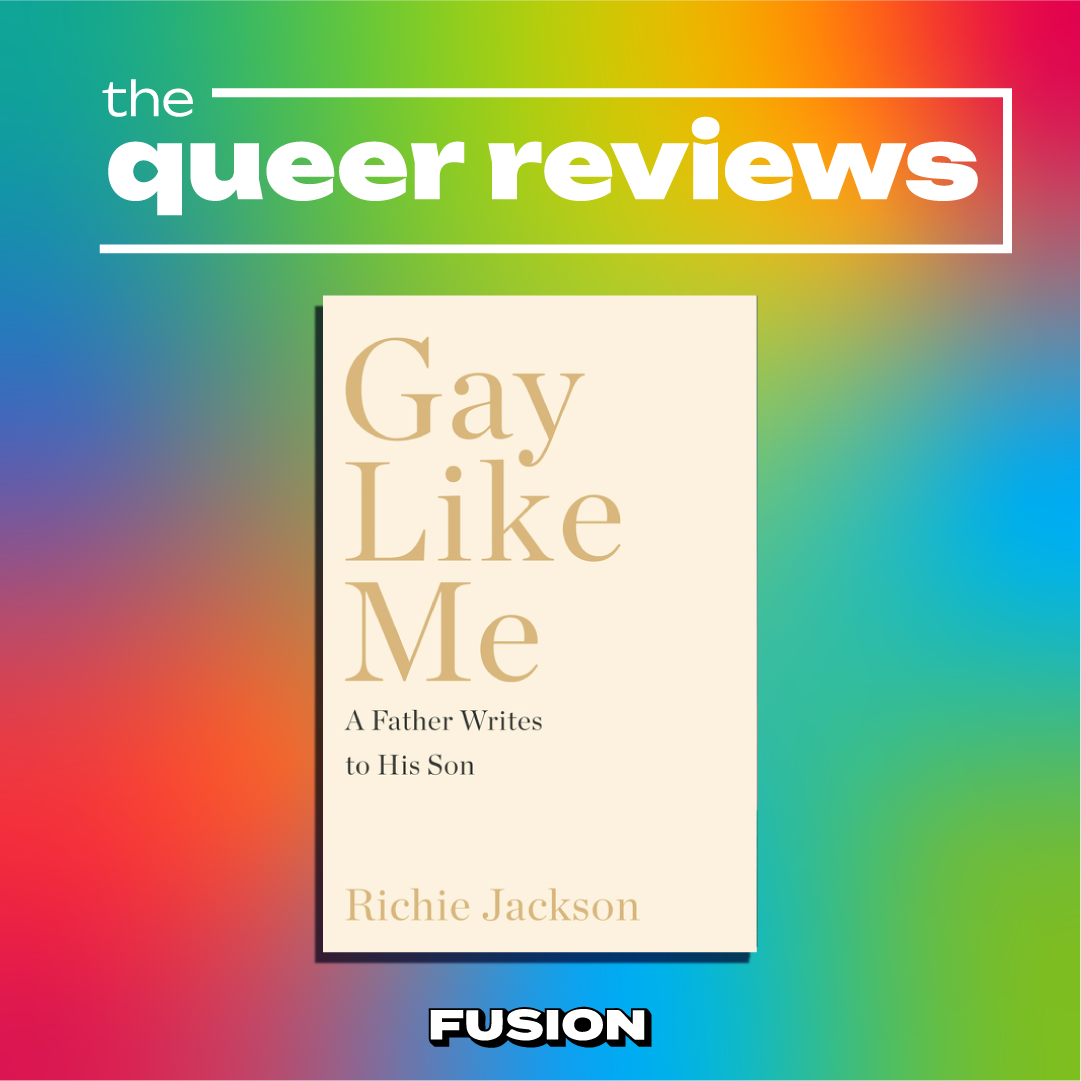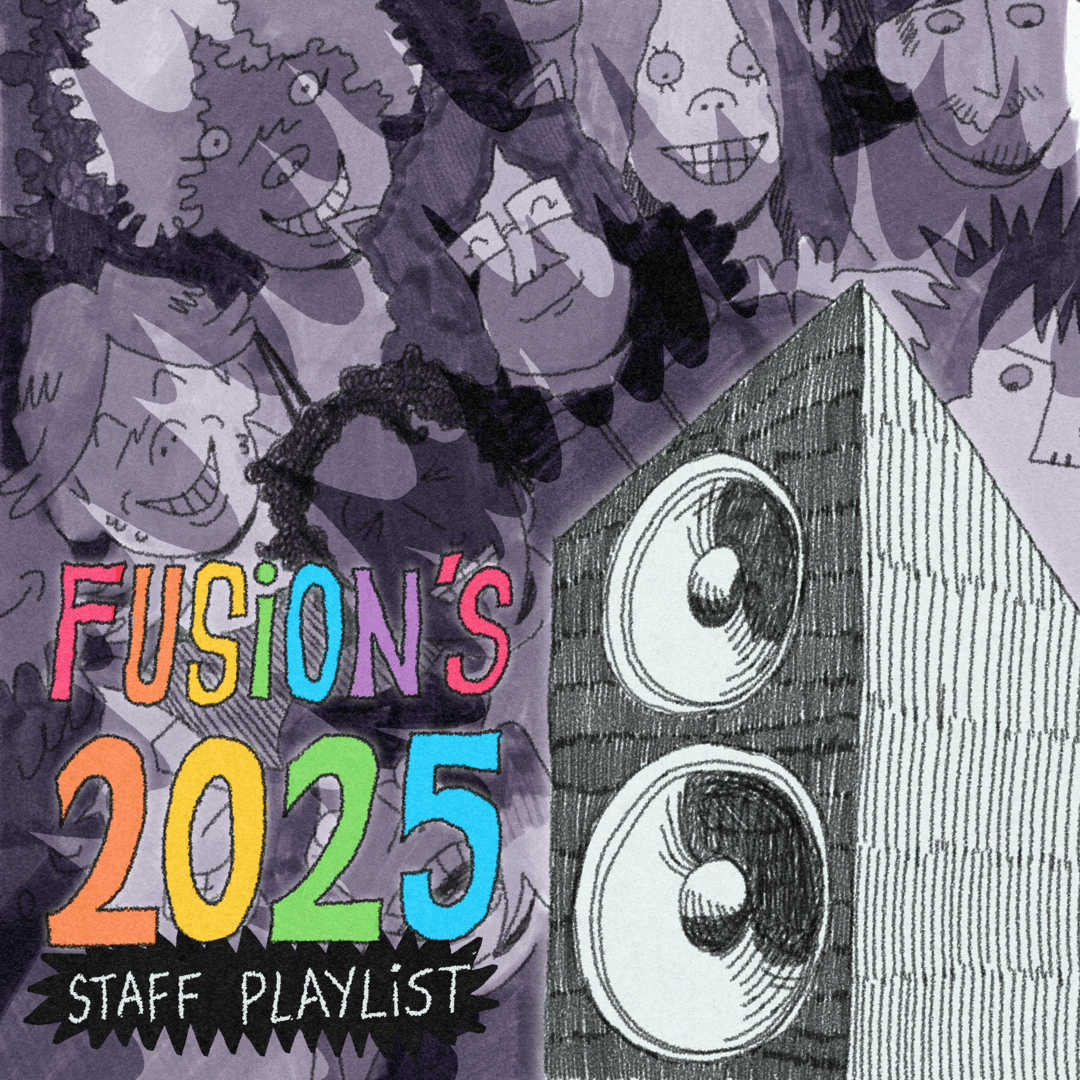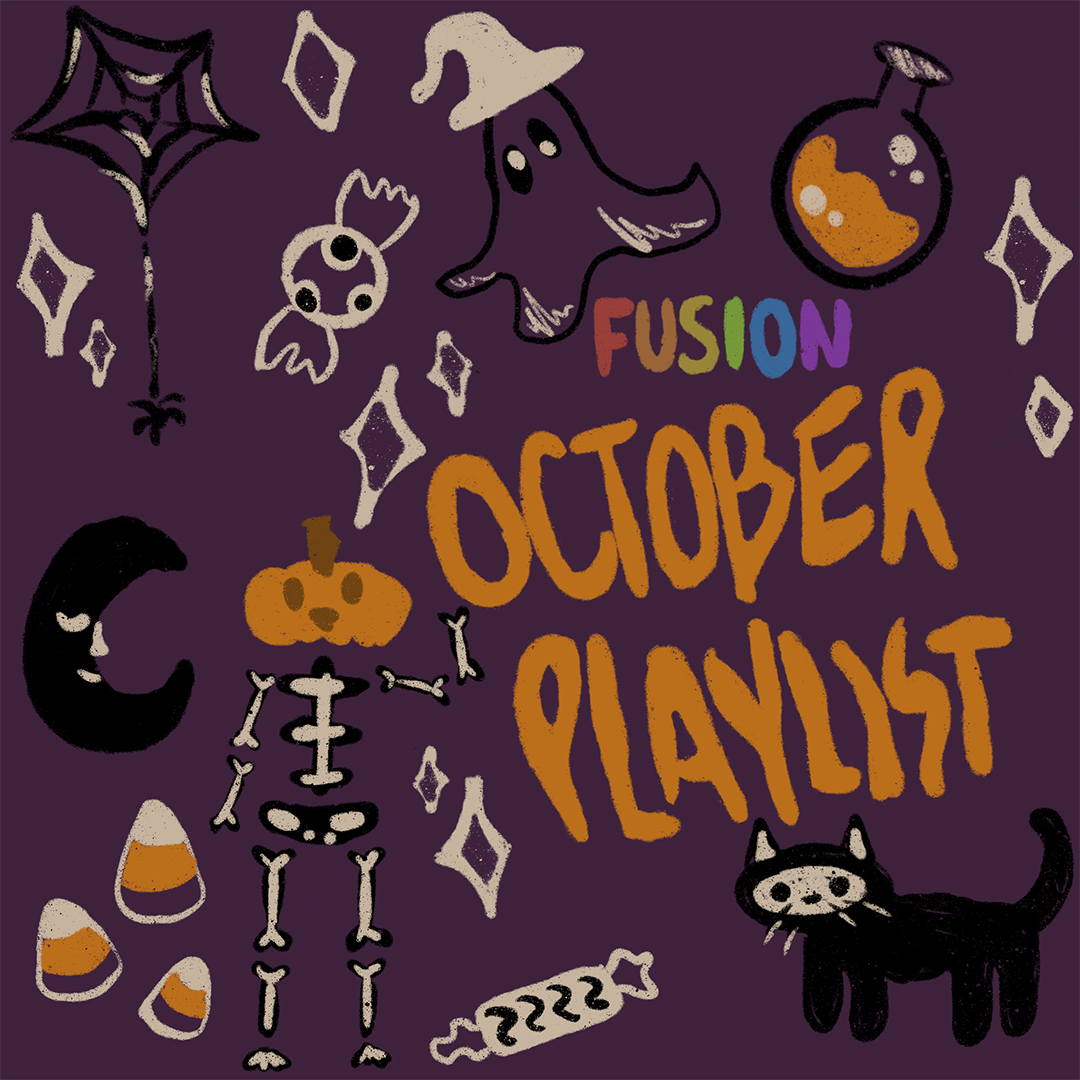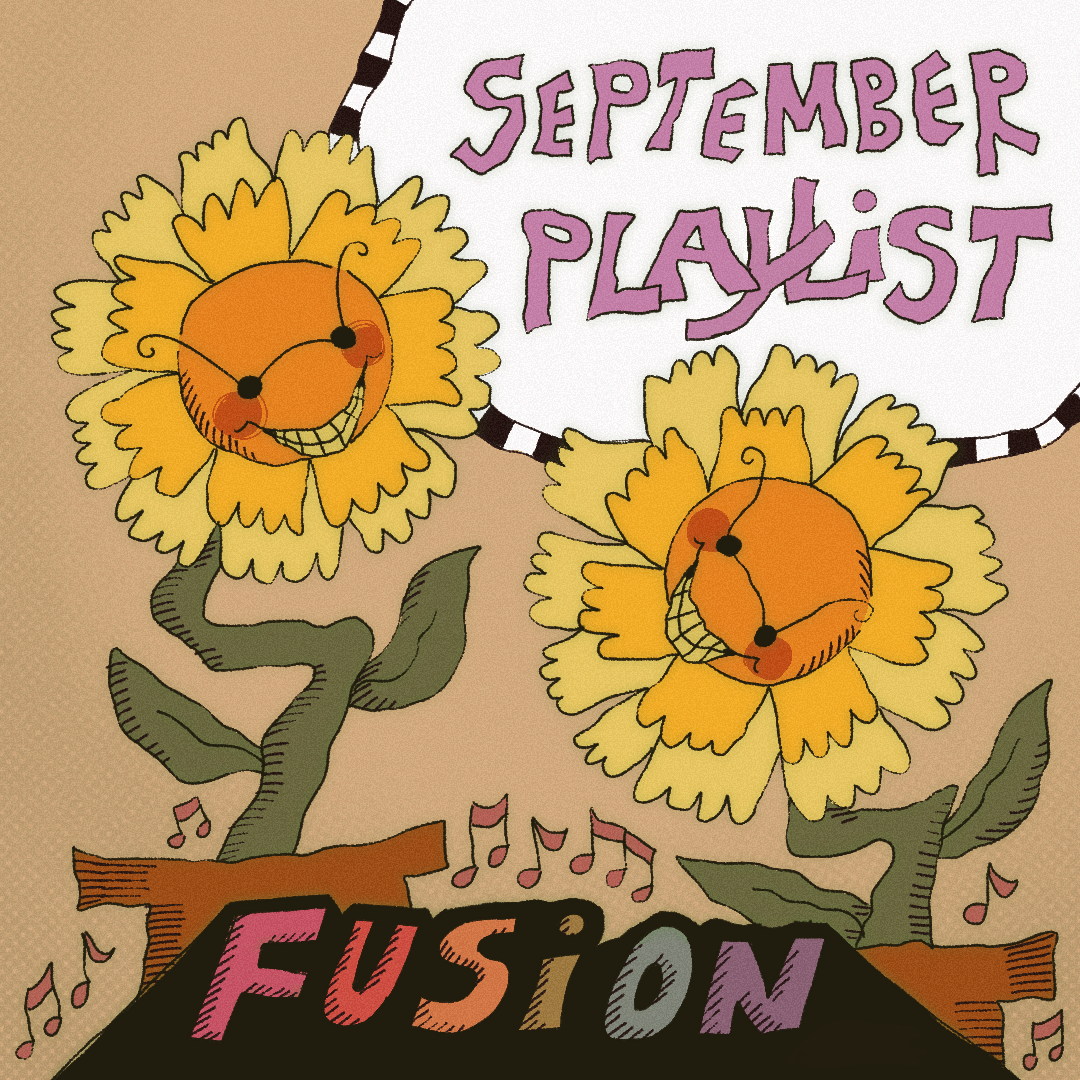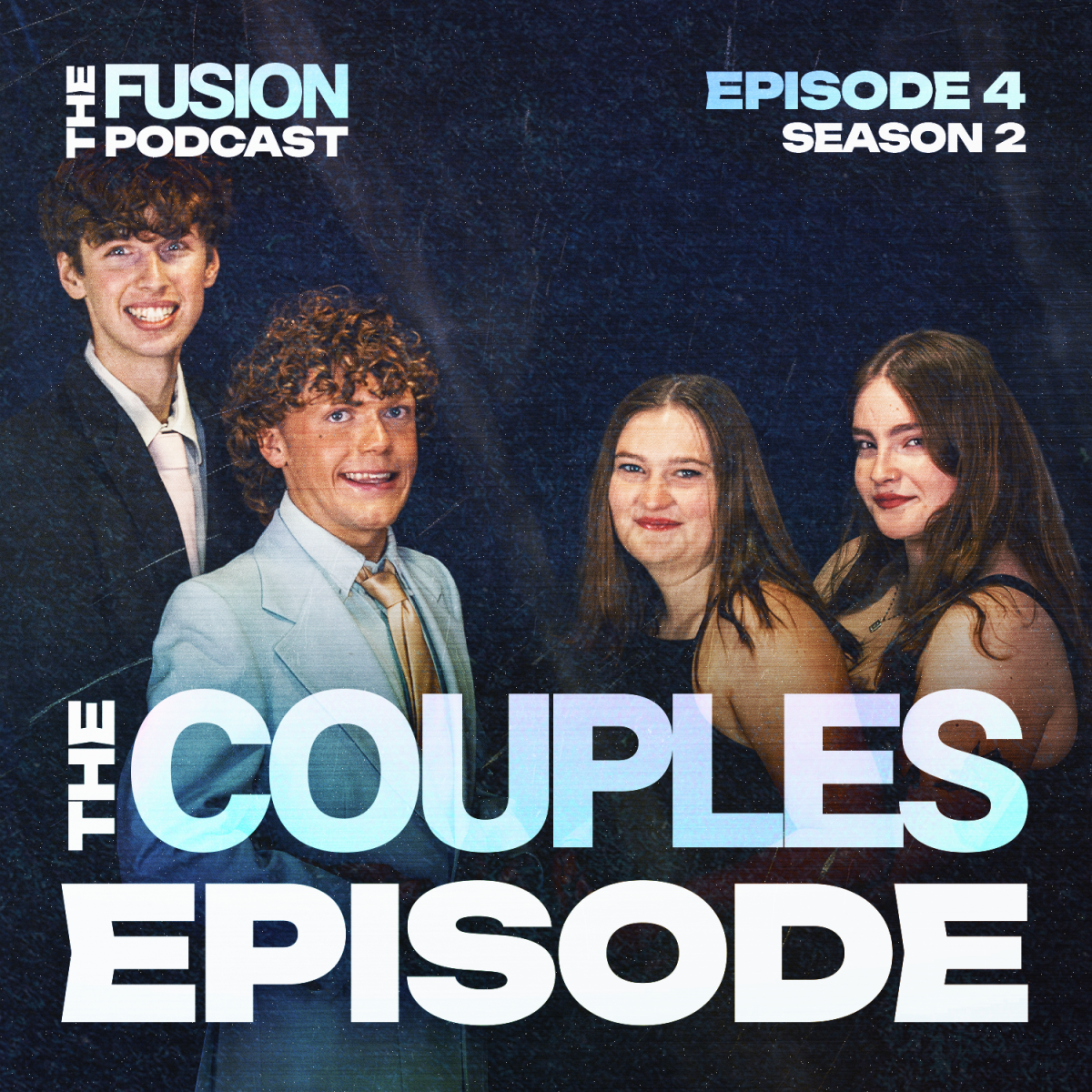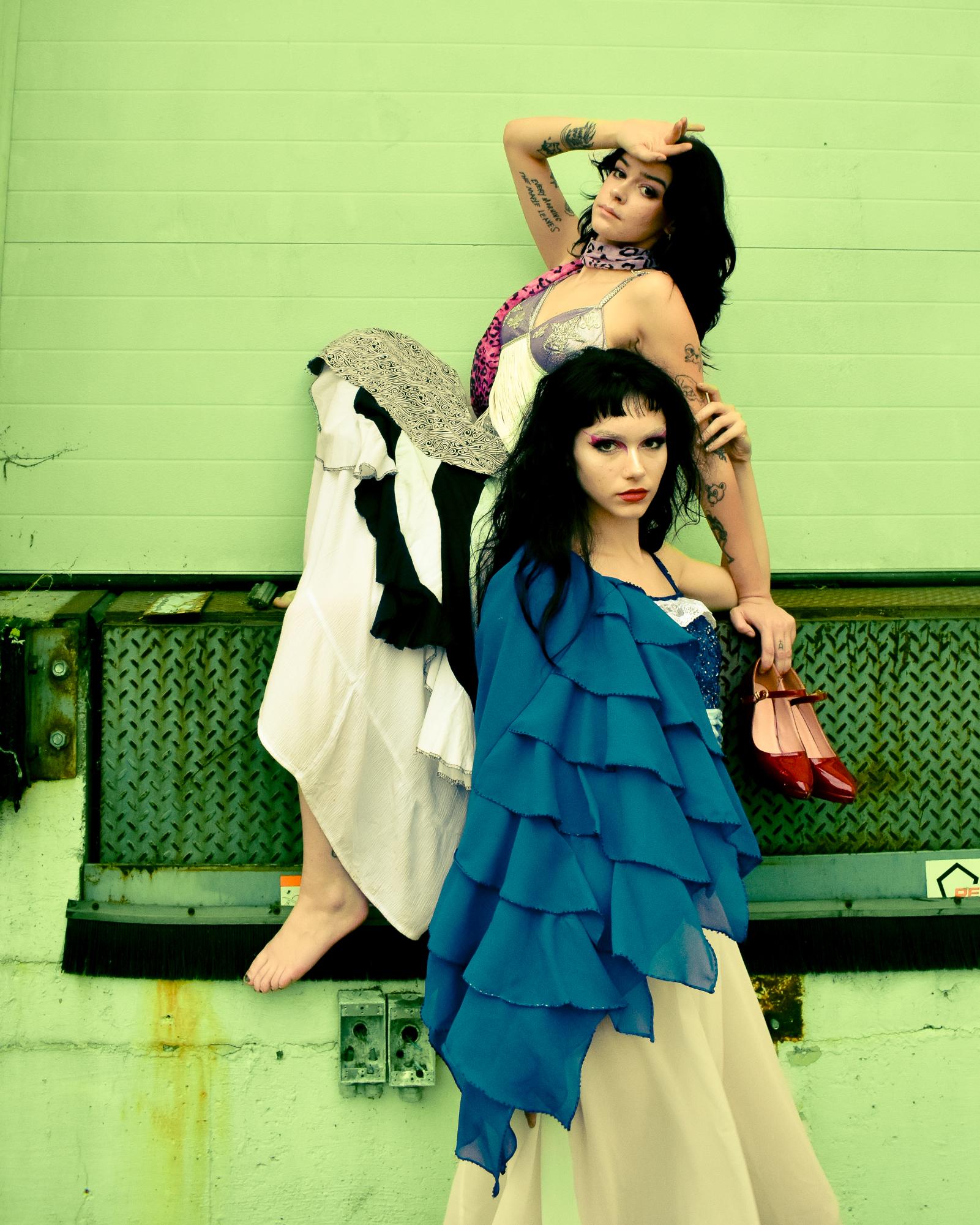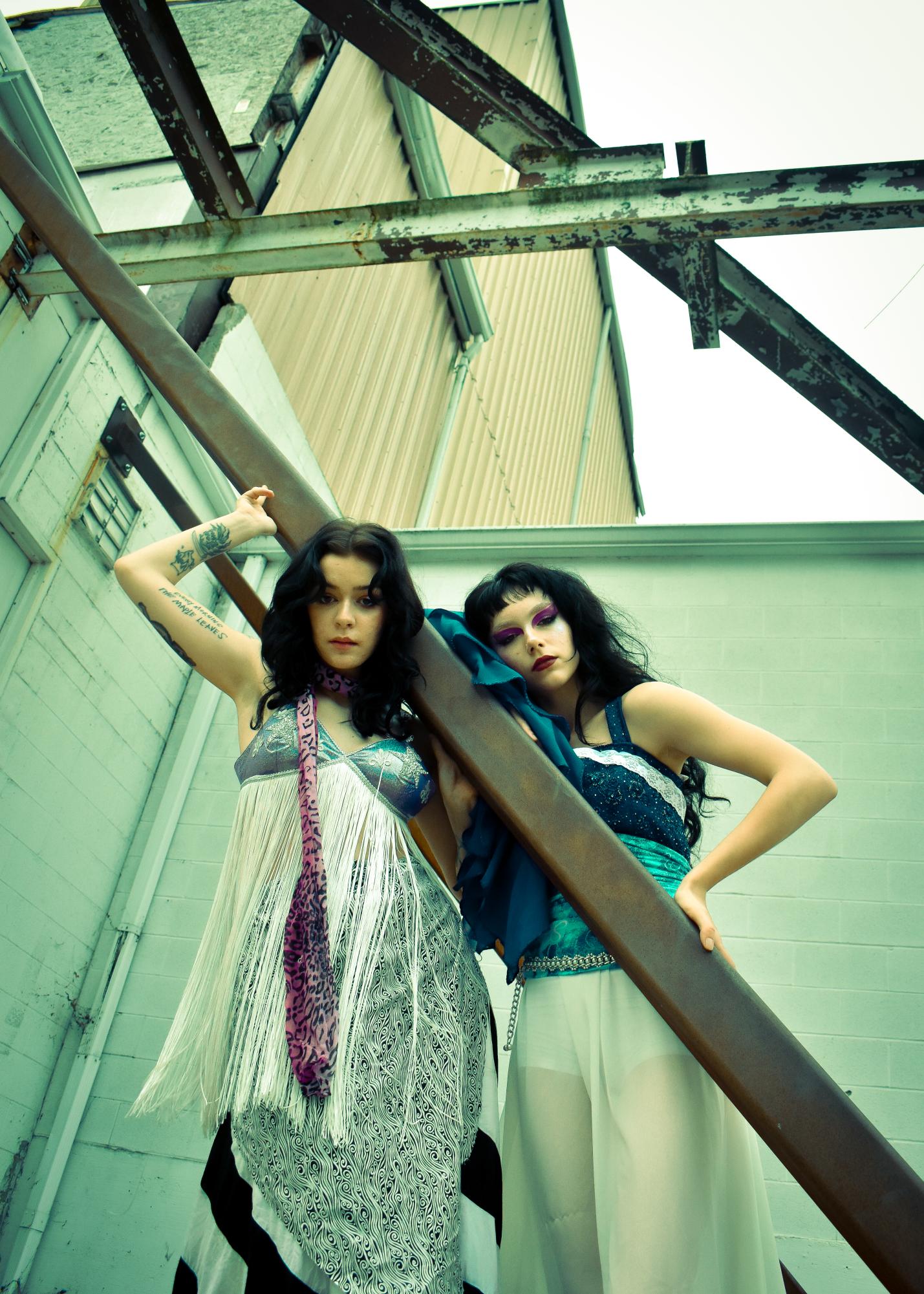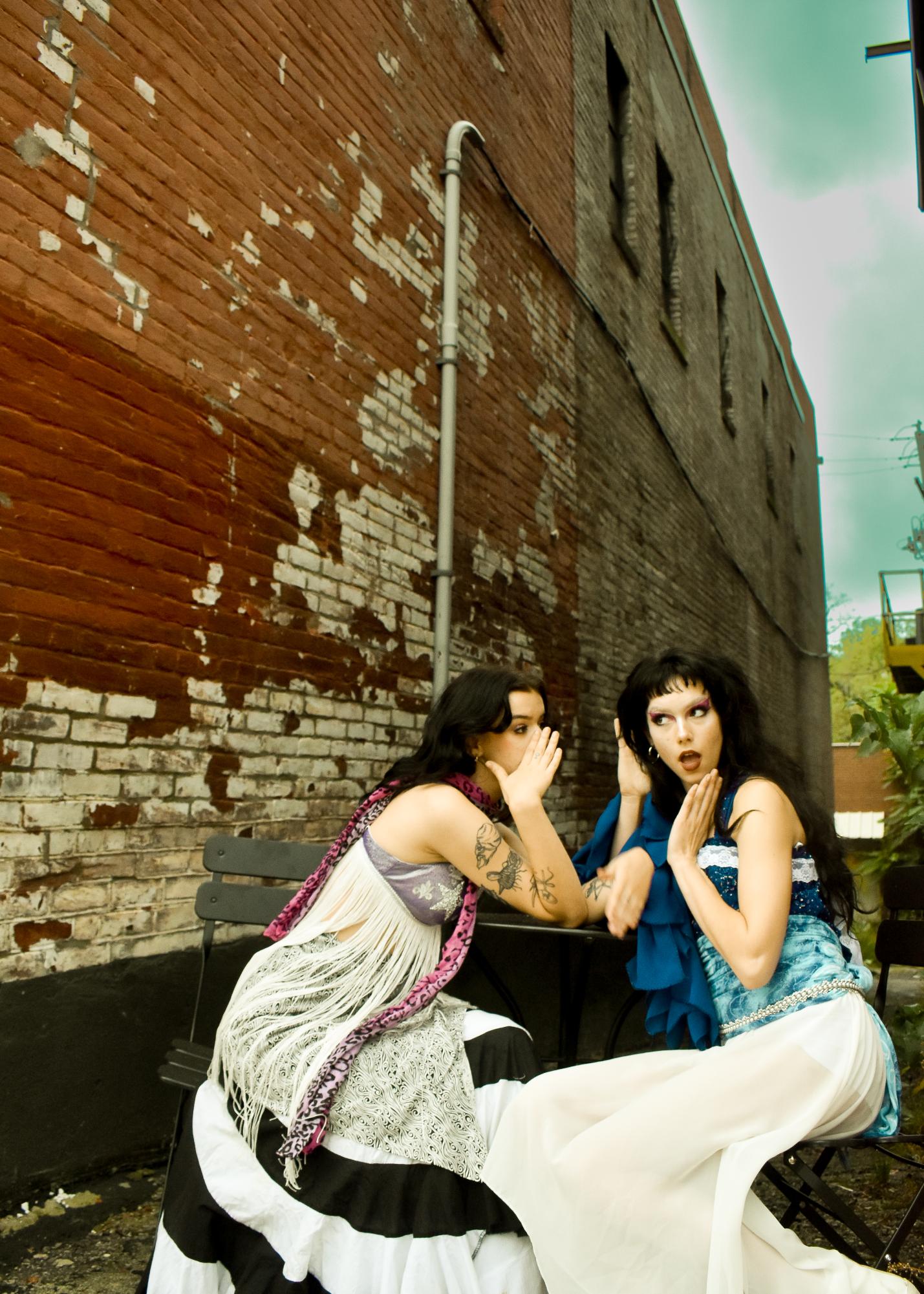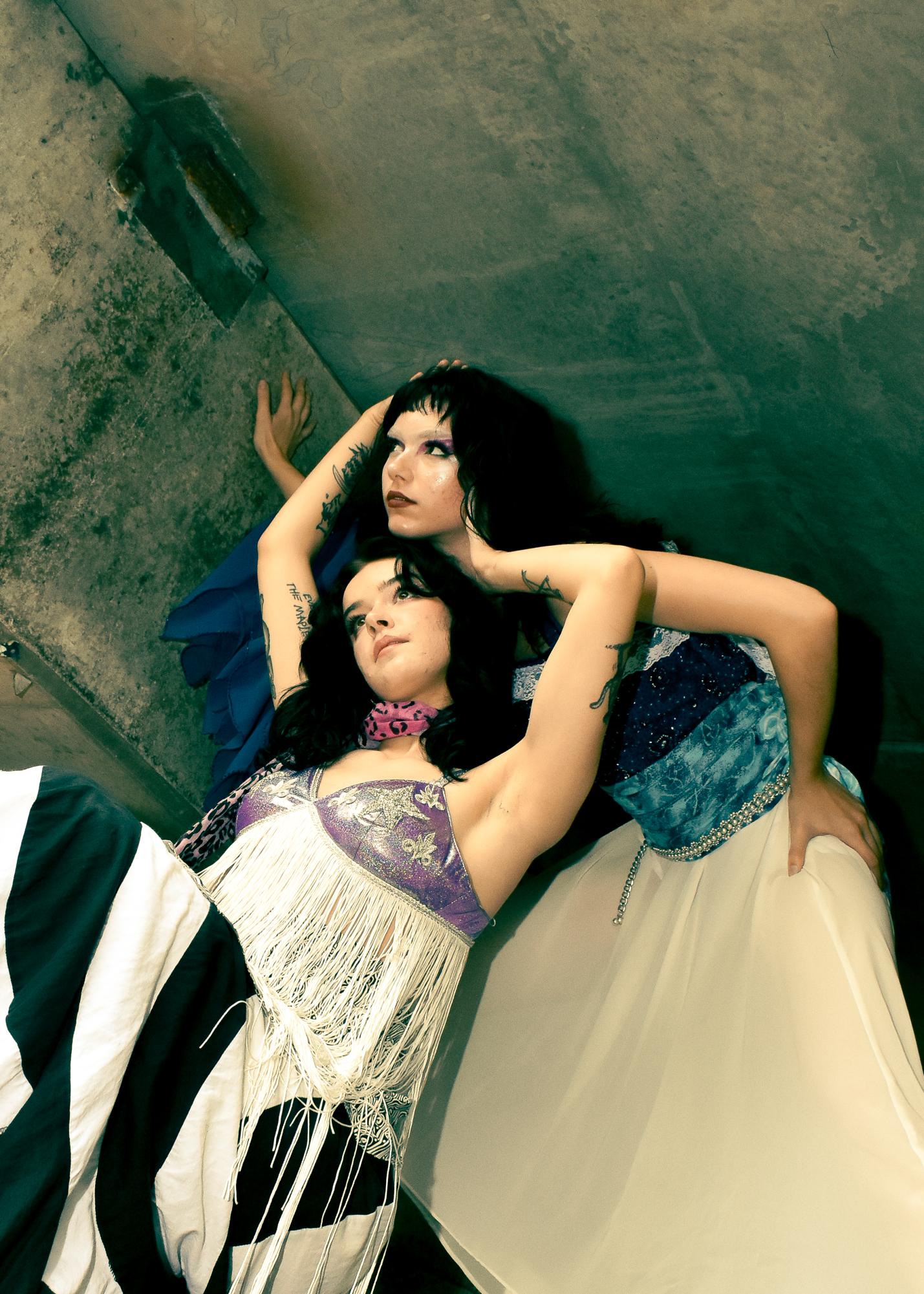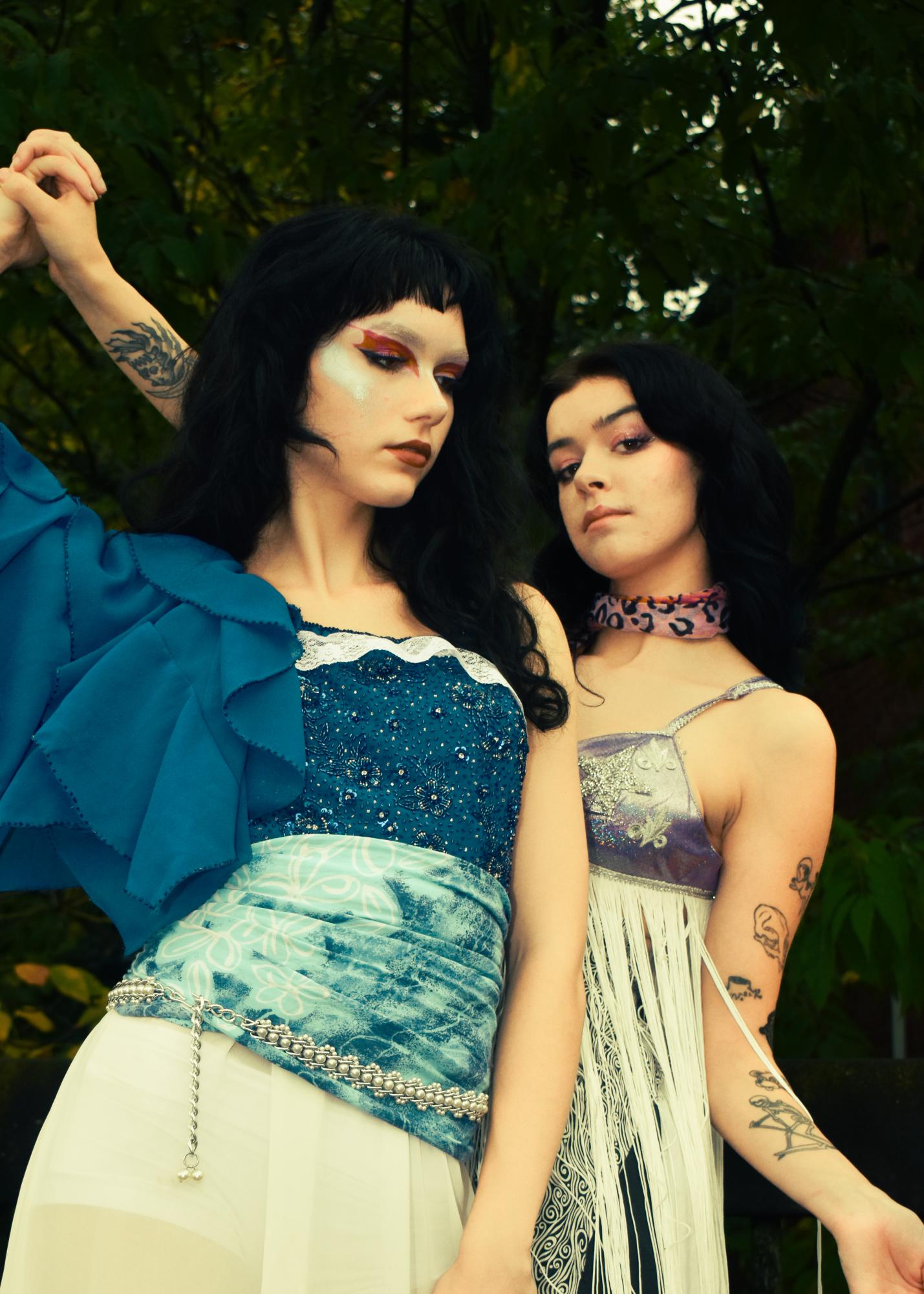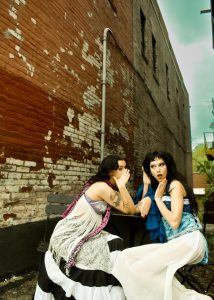Without warning, the tides of love will sweep a young sapphic darling from land to space. There is no simplicity in the consumption of this raw, skin-to-the-bone love. In lesbianism, a period of three months seems equivalent to twelve moons. The romantic milestones of straight couples versus lesbian couples measure this one-to-four ratio. Thus, a stereotype of U-Haul-ism, mutual obsession, and premature “I love yous” was born. But what causes this complex queer time-travel phenomenon? Here lies an intergalactic quest to explore the sophistication of lesbianism. The mission: to find the root of these otherworldly connections, which similarly beholds the torture of lesbian breakups.
The inception of sapphism may be likened to the theory of cosmogony. It is said that human connection is the most important part of our lives. With that, being in a lesbian relationship feels bigger than the creation of the universe. Within the formation of a transcendental bond between souls, there is both beauty and misery. Twin hearts suggest mirrored souls that seem to merge into one, shortly after a first date that lasts 48 hours. This harmonic wisdom can be described as the feeling of two nervous systems fusing into one. My roommate and trusted friend, Maurin Leighton (sophomore fashion design student, pictured above), compares lesbianism to hot syrup: “it feels so sugary and sweet and addicting, but it also burns at the same time.” From lipstick marks on thighs, tearful eyes, and never truly saying goodbye, lesbian love often blooms into codependence.
Composes Sappho, a voice that echoes through generations, who resonates themes of love, loneliness, and the well-worn idea that the moon is a lesbian in her poems. A male poet could never capture the beauty of a woman in such a way. There is a long history of a spectrum of sensations in those overcome with longing for the sacred fruit that is another woman. The sentiment waxes and wanes between the catatonic latibulate state of lesbian loneliness and the shared folie à deux of impassioned lovers. Many wonder how these emotions could run as rampant as the ever-changing universe. The main dissimilarity between a lesbian relationship and a straight one is the idea of being the same.
There is a tender fecundity of passion in dating someone with similar nurture. Emotional intimacy is something that women tend to experience more quickly than men, a process that halves the time to fall in love. Other logical factors to reap include cultural conditioning, demand for other queer women, societal pressure, and the rejection of both patriarchal standards and toxic masculinity. With no hierarchy of gender in a relationship, there is a natural urge to move quickly on both ends. This rapid desire to fuse also relates to the law of supply and demand, which pushes extreme commitment to the first person who loves them out of fear due to scarcity. Sapphics often fabricate pedestals after finding someone who fits the basic criteria, which are as follows: their type, also queer, and who reciprocates feelings for them. It may seem absurd that our standards are so low, but there is a huge shortage – especially of mascs! Even so, incompatible lesbian couples still seem to have more in common than a plethora of straight couples. This leads us into the big bang of it all: Lesbian Breakups.
“For we know in part and we prophesy in part, but when completeness comes, what is in part disappears.” (Cor. 13:9-10). In losing a lover, you give yourself up to the forces of nature. The metamorphosis that binds your love into blinding ecstasy betrays you, sends you to a bug collector, ripping off your wings to pin on a display. Alienated from yourself, your life, and your once other half, there isn’t much left to do but let yourself fall into the depths of the cosmos. A wormhole of phantasmagoria follows, not allowing a clear path for rational thought. LGBTQ+ individuals, statistically speaking, have a much higher risk of developing psychotic disorders.
These issues can stem from factors such as abandonment within their familial life and treatment as a social pariah by peers. This returns us to codependency; lesbians with unresolved mental illnesses stick together like moths to a flame. Love is a forest fire, and she throws your baggage and vulnerability into her tempestuous flames. We spend too much time circling the drain, as putrid hearts burdened by regret and the spiralling continuity of longing. Despite the burn, our own destruction is what we sacrifice as love’s vice: “If I do not have love, I am nothing…but do not have love, I gain nothing.” (Cor. 13:2-3).
Love makes us cruel, but it makes us whole. We all wish to be understood, and to find forgiveness when it can’t be that simple. Behind the grief of no longer knowing your former lover, you begin to recognize yourself in full, and you can refocus that love on yourself. They become nothing but a reflection in the water, a moon with no stars. There will never not be too much left unsaid, but the earth keeps spinning. The fall from space to Earth seems unbearable until one day, it’s finally over, and you can say to the fallen stars, “I wish you the best.”

